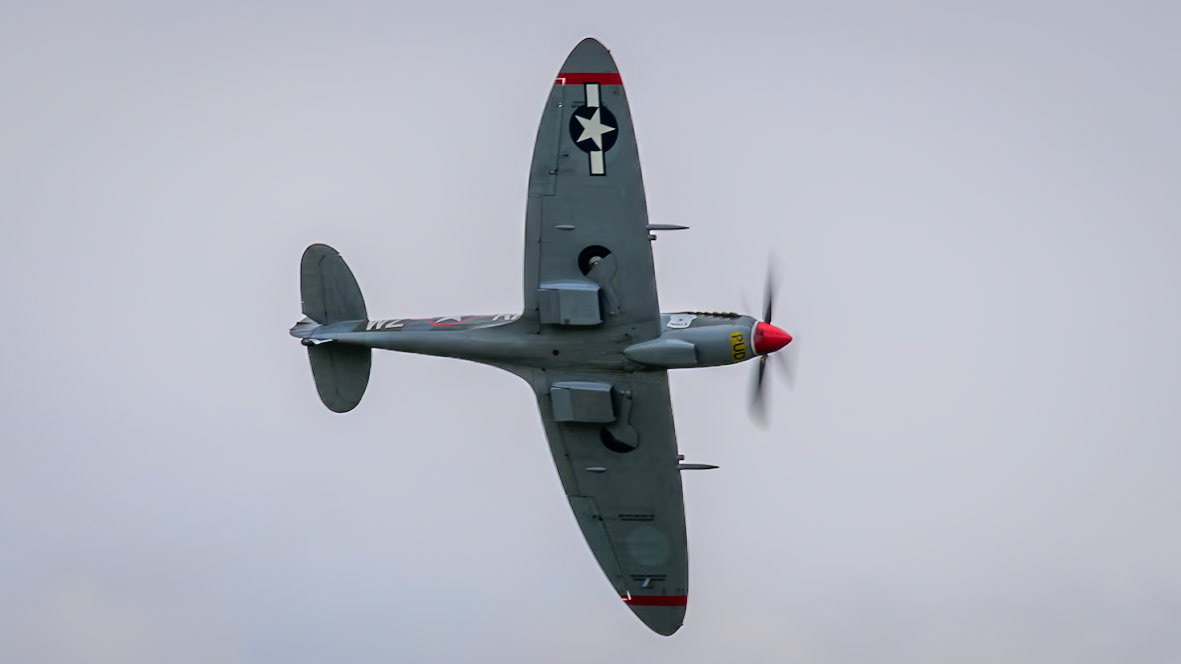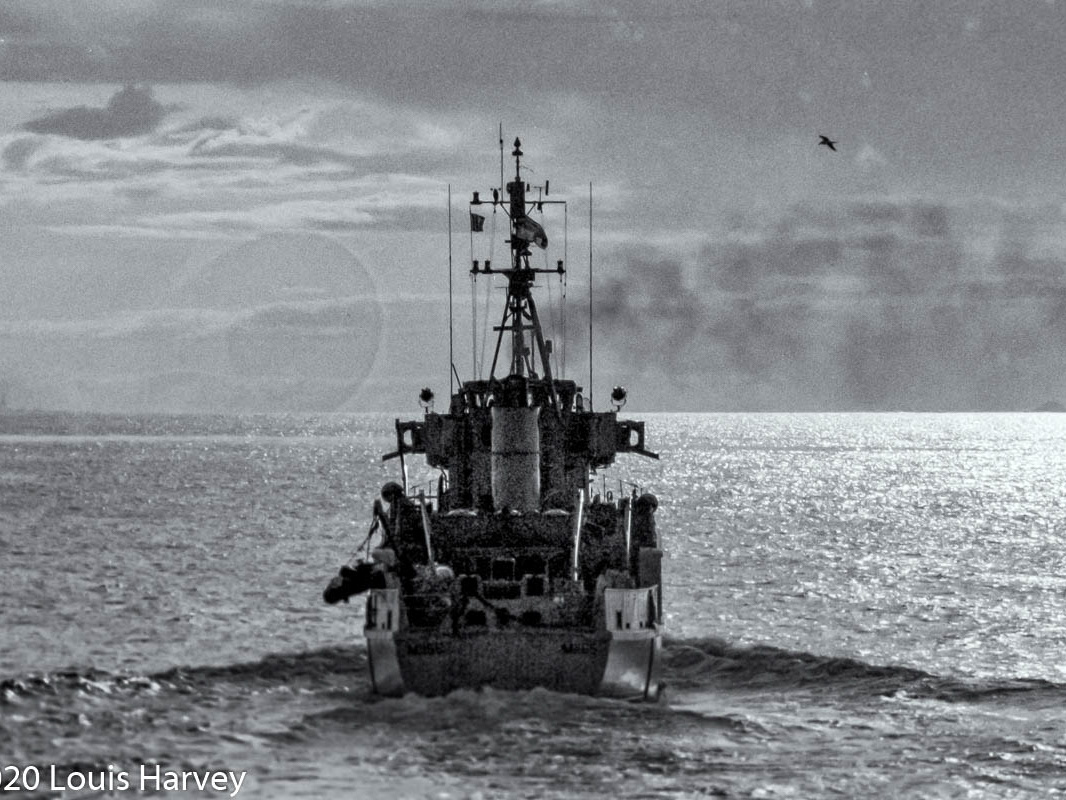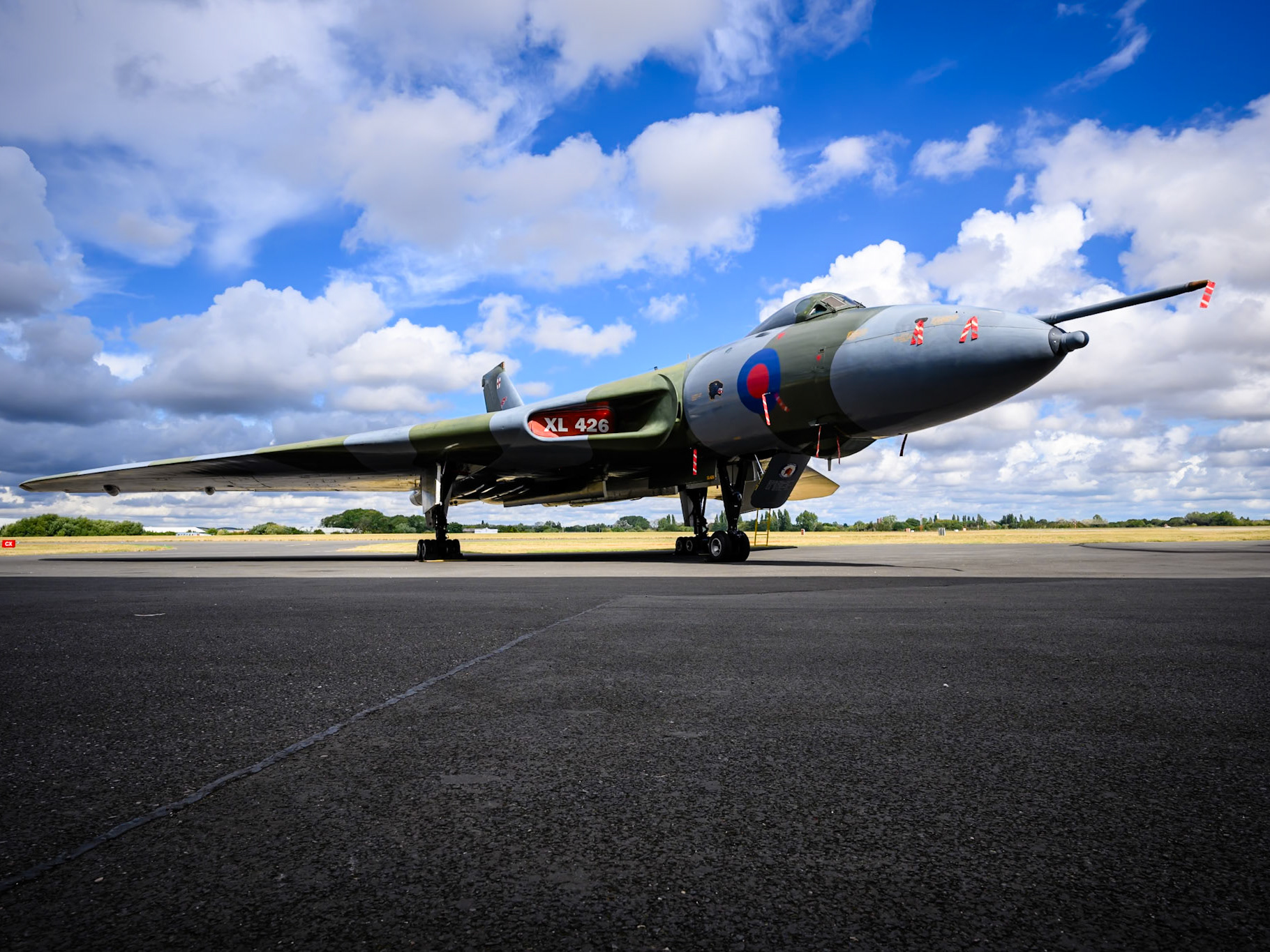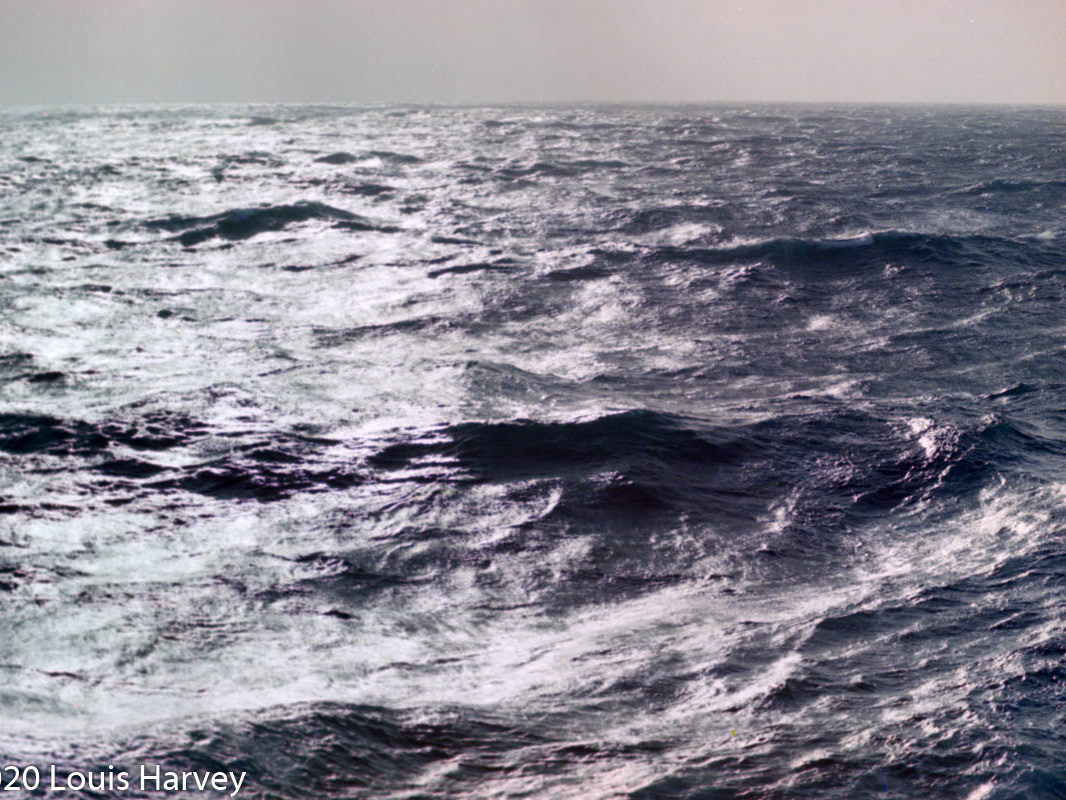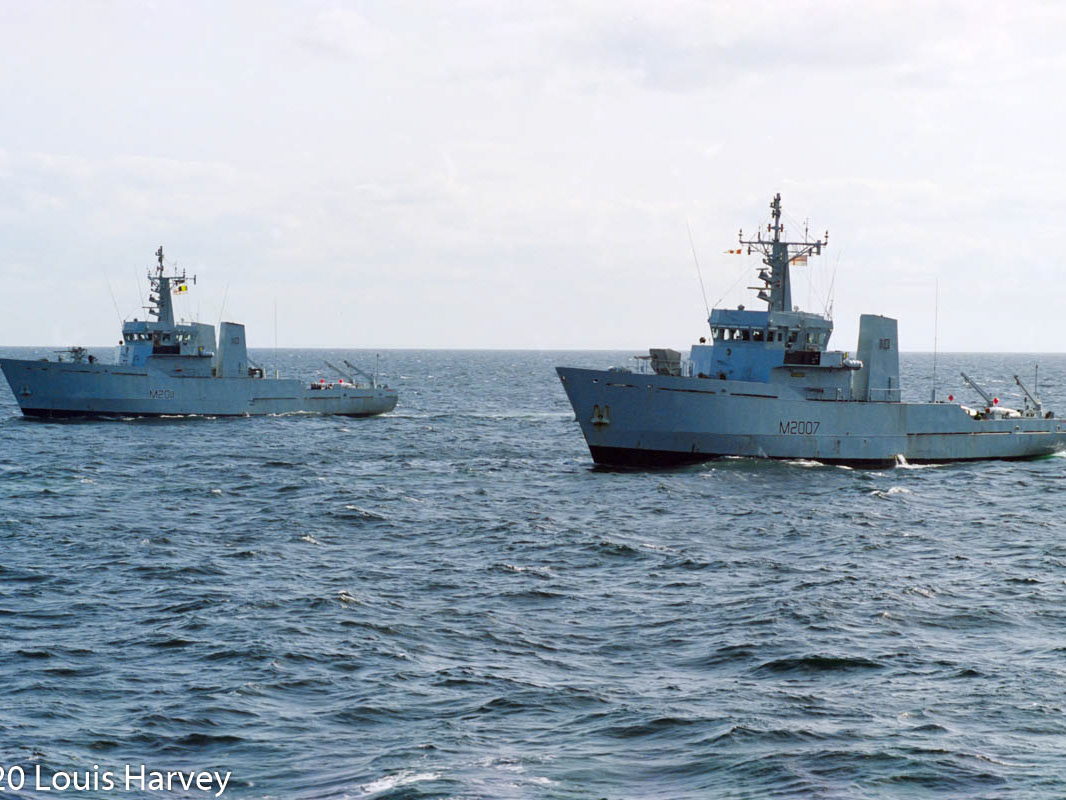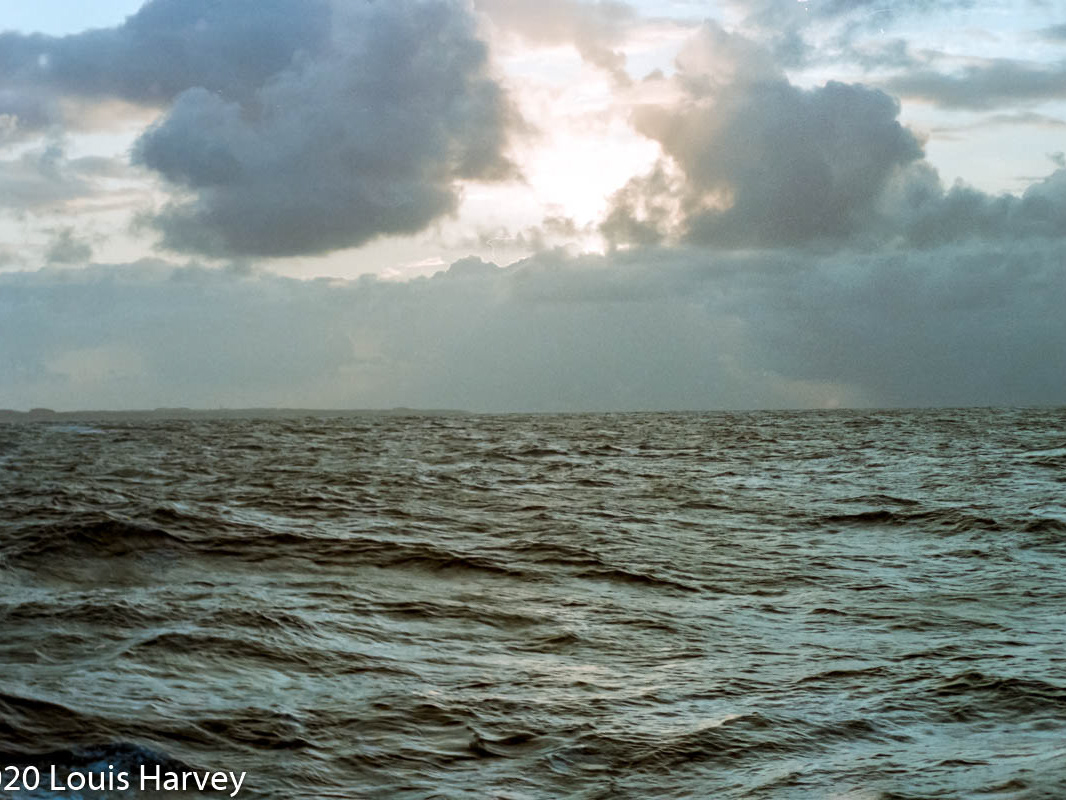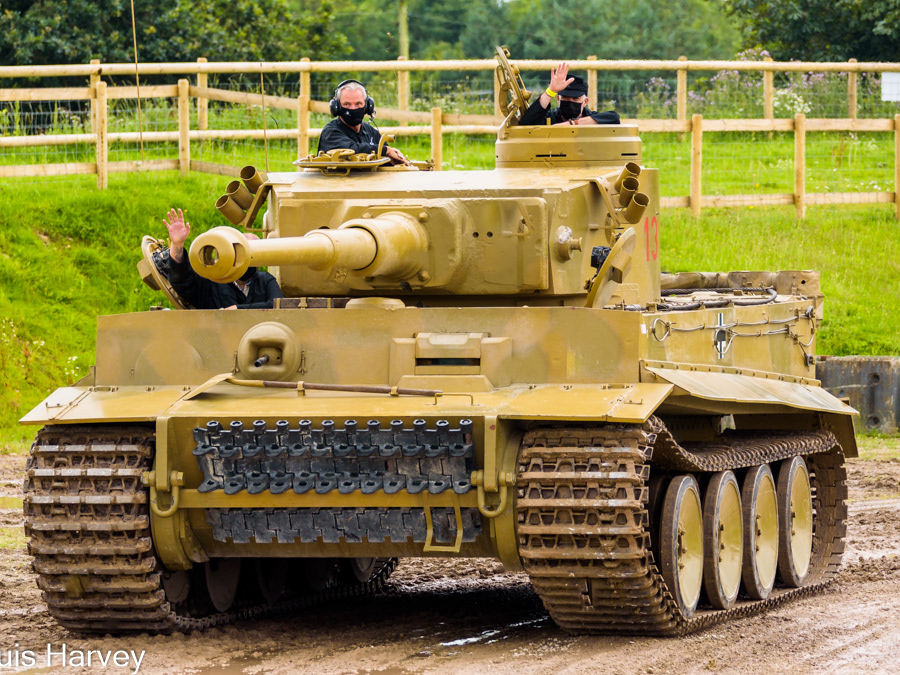Boeing B-17G Flying Fortress '124485 - DF-A' (G-BEDF)
The only airworthy B-17 outside of the USA, 'Sally B' has been based at Duxford since 1975. Since 1989 she has been painted to represent the famous B-17F 'Memphis Belle' which was based at nearby Bassingbourn. Although she still retains this scheme, she has now had her chin turret re-installed, which returns her to 'G' status.


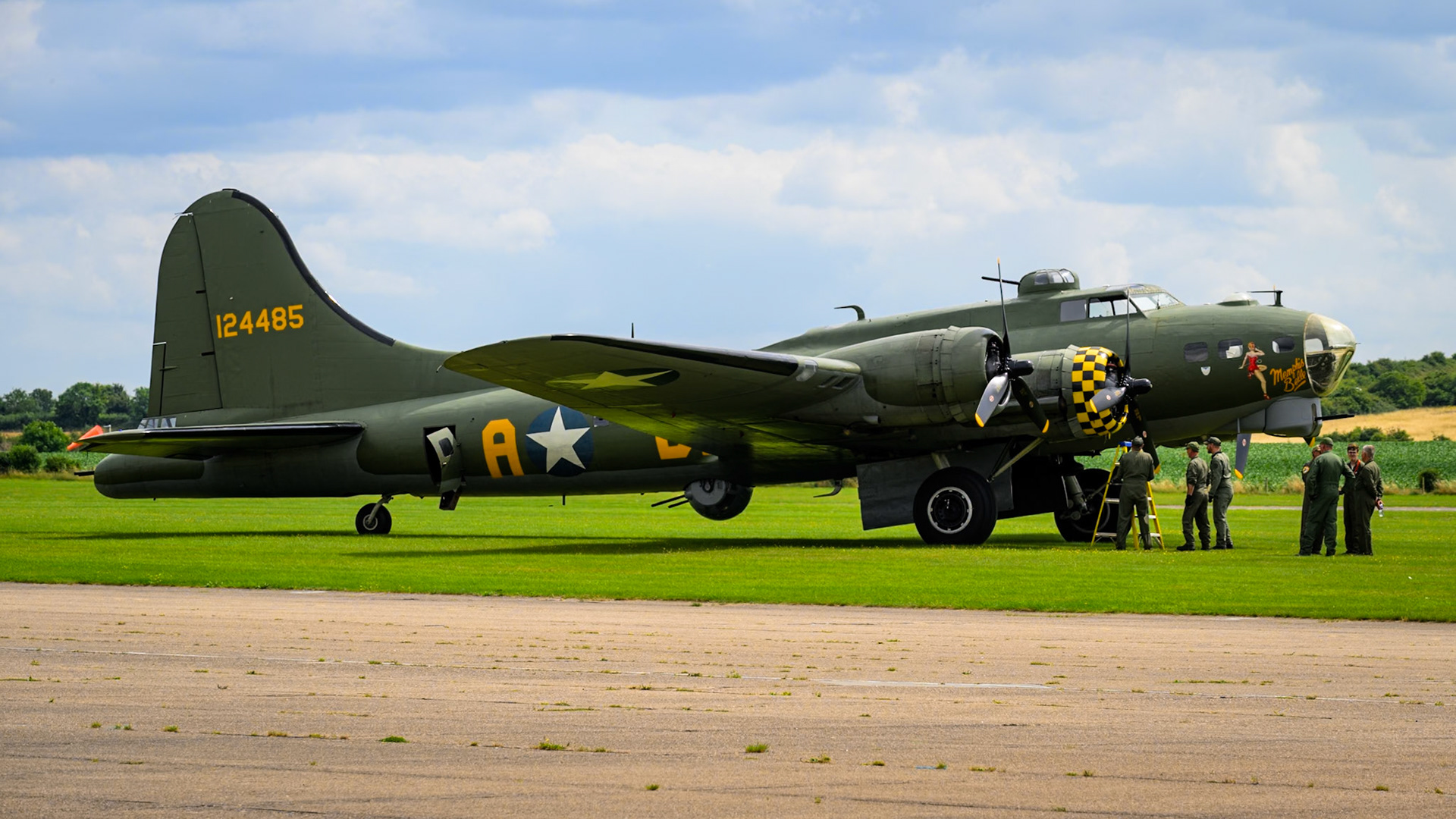


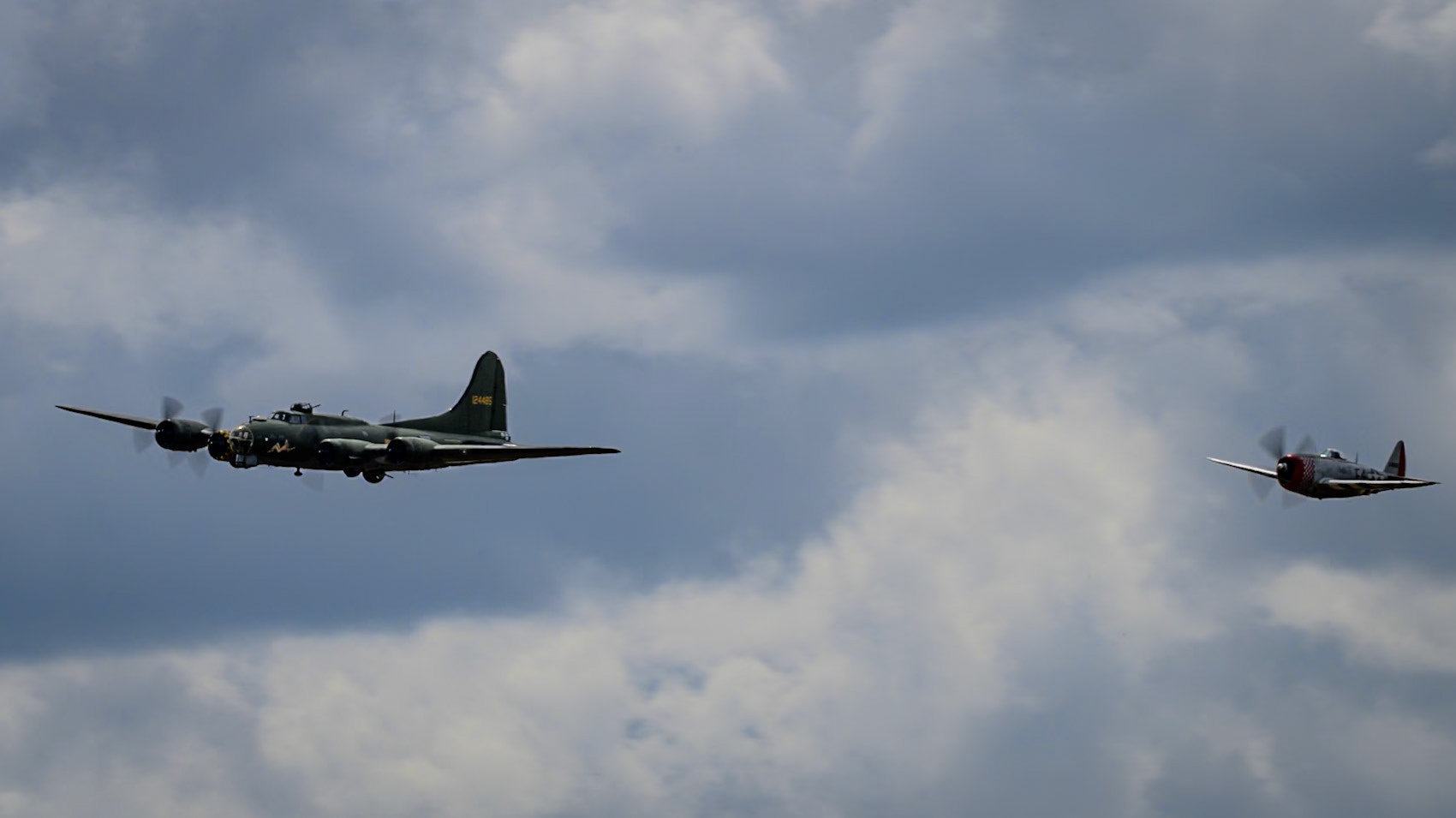

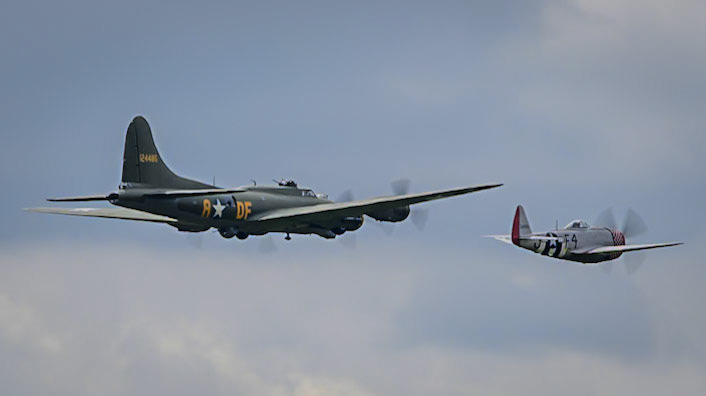

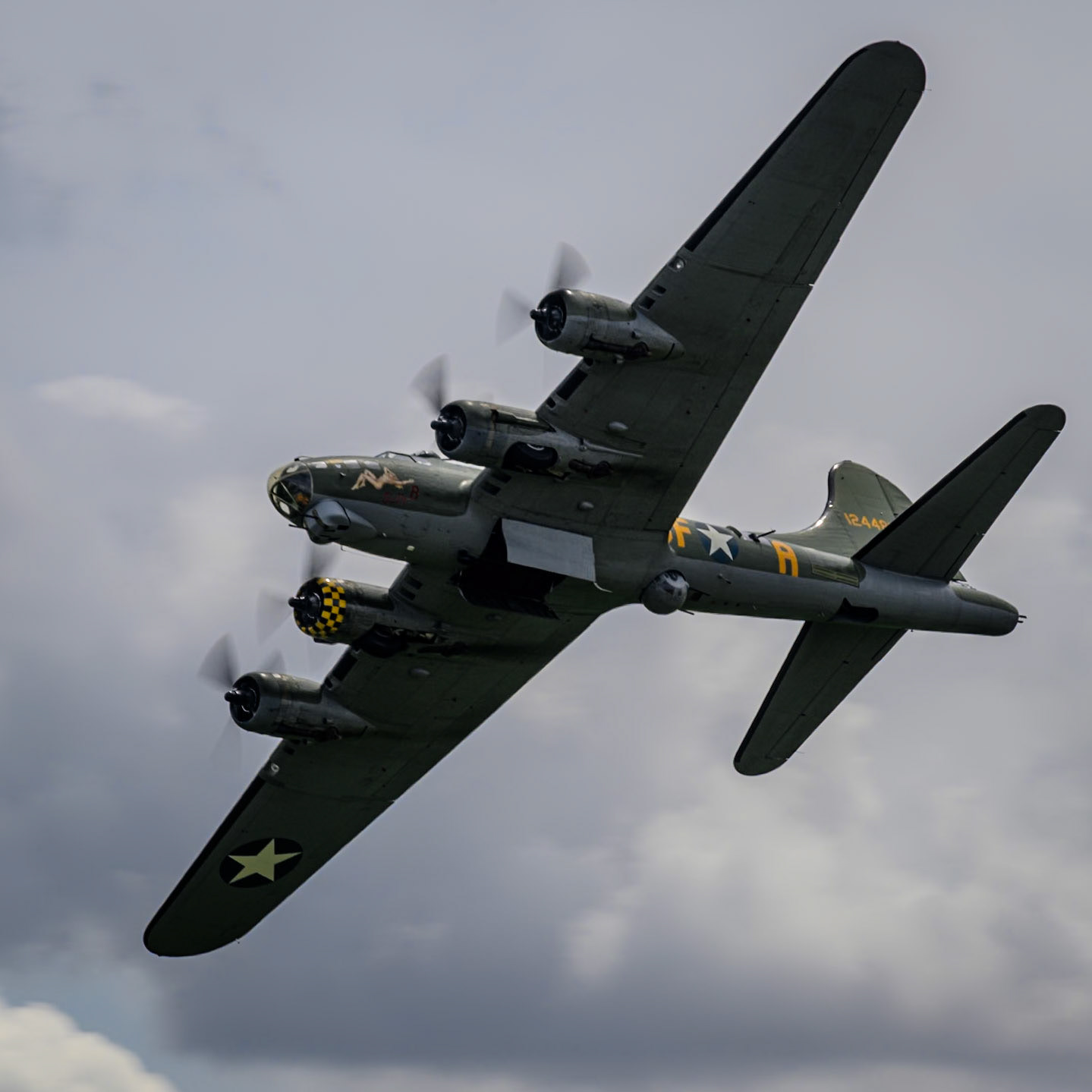
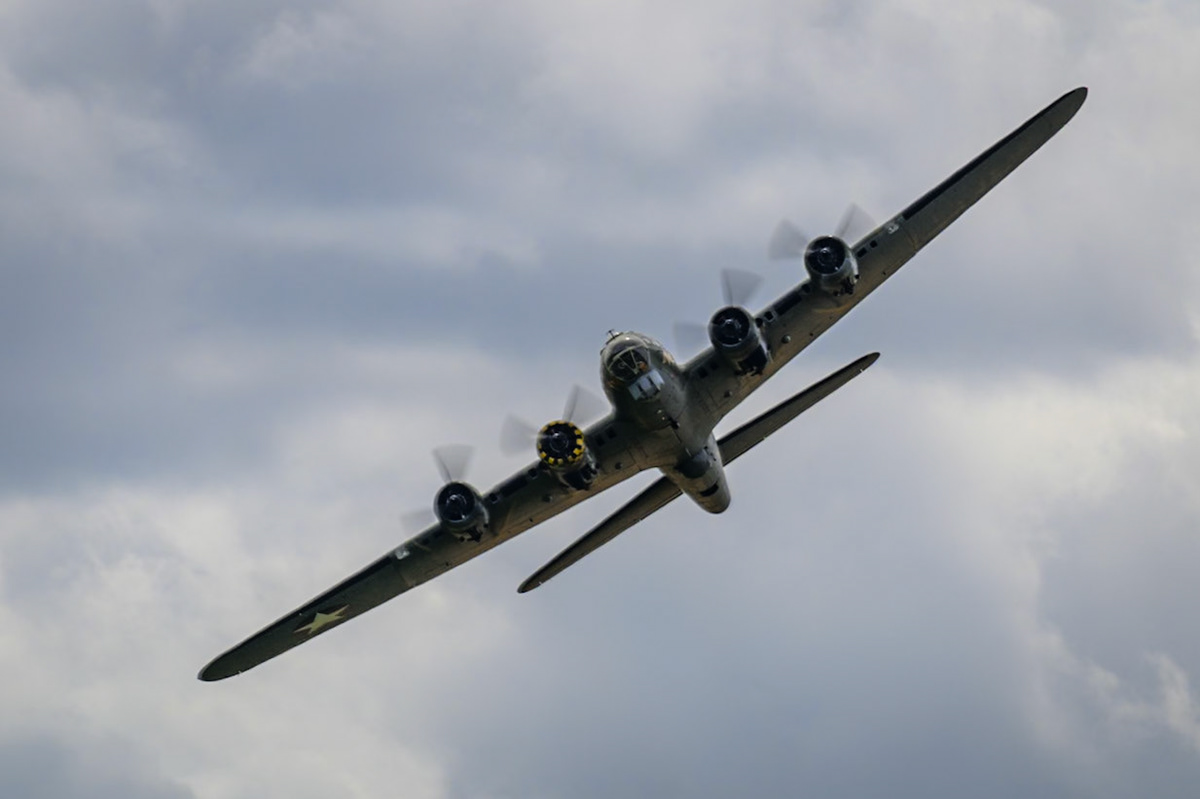
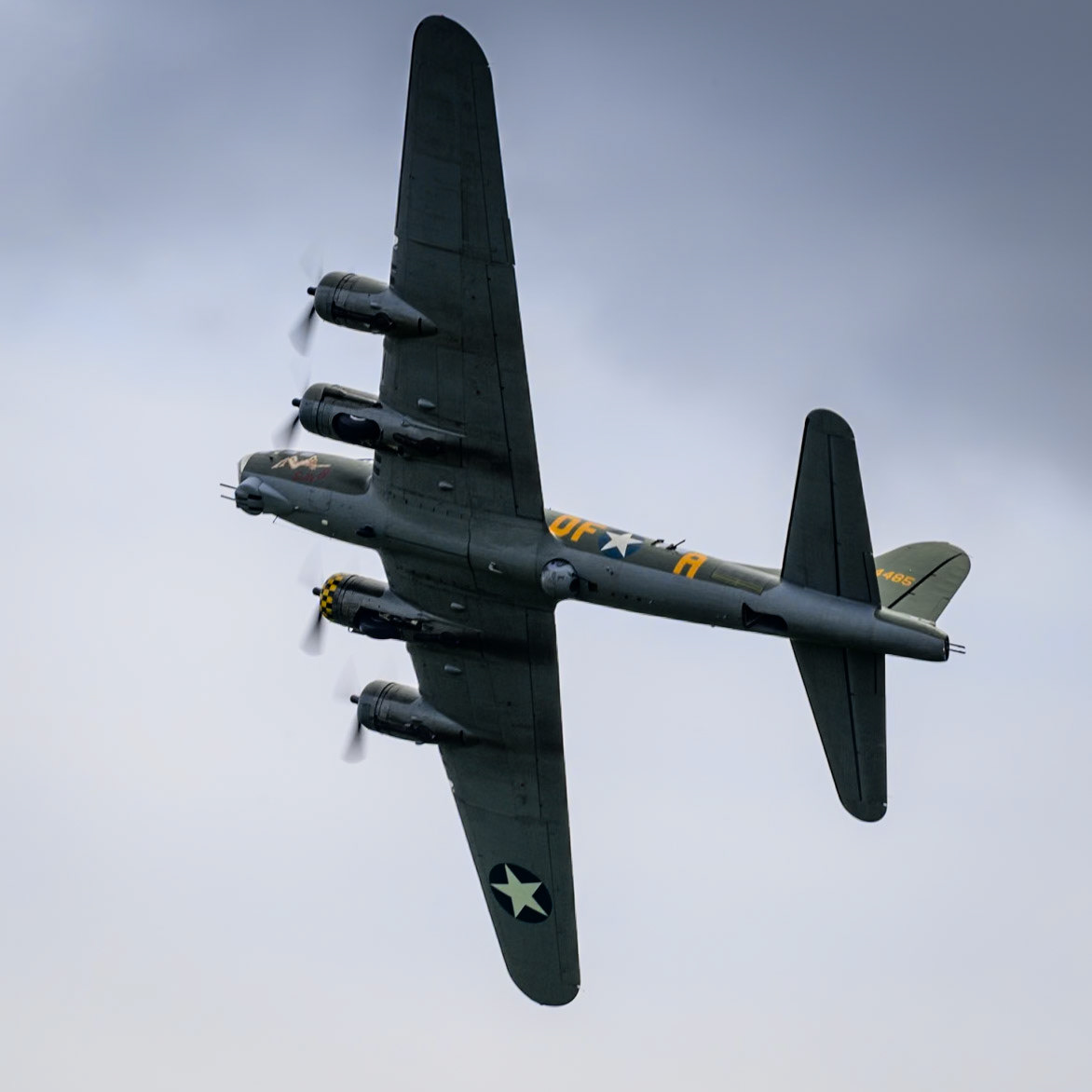

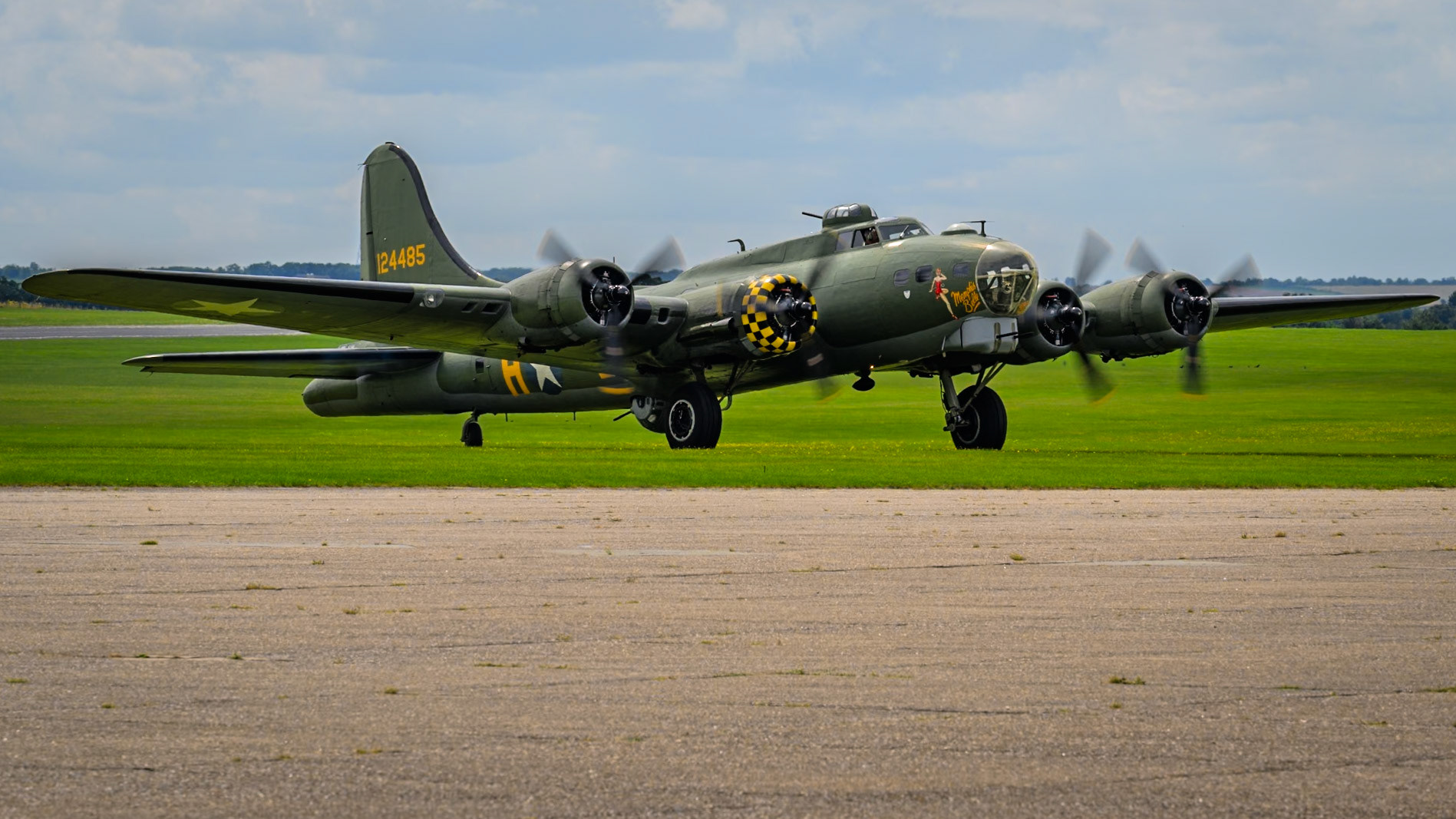
Grumman Wildcat FM2
Our Wildcat was built by the General Motors Corporation (Eastern Aircraft Division) at Trenton, New Jersey for the US Navy in 1945, and accepted by the US Navy on the 24th July 1945. It was immediately placed into storage at Tillamook Naval Air Station, Oregon. The aircraft was subsequently struck off US Navy charge on the 28th February 1946.
The aircraft was acquired by The Fighter Collection in 1993 and shipped to Duxford in April of the same year. It currently wears the scheme of a Fleet Air Arm Wildcat on board HMS Tracker in 1944.

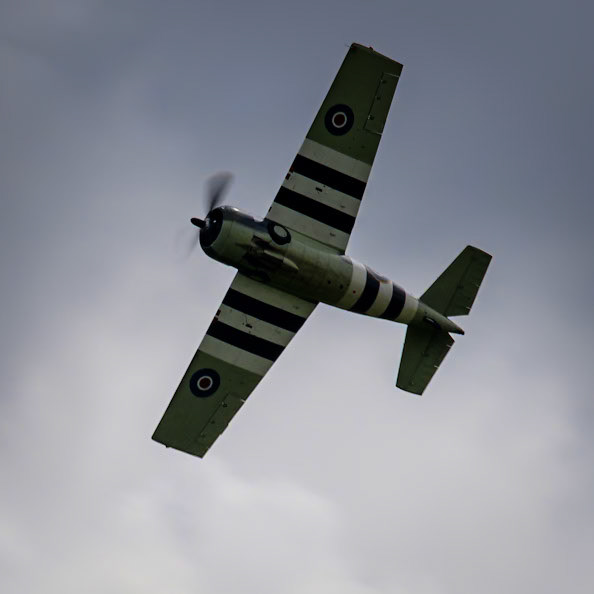
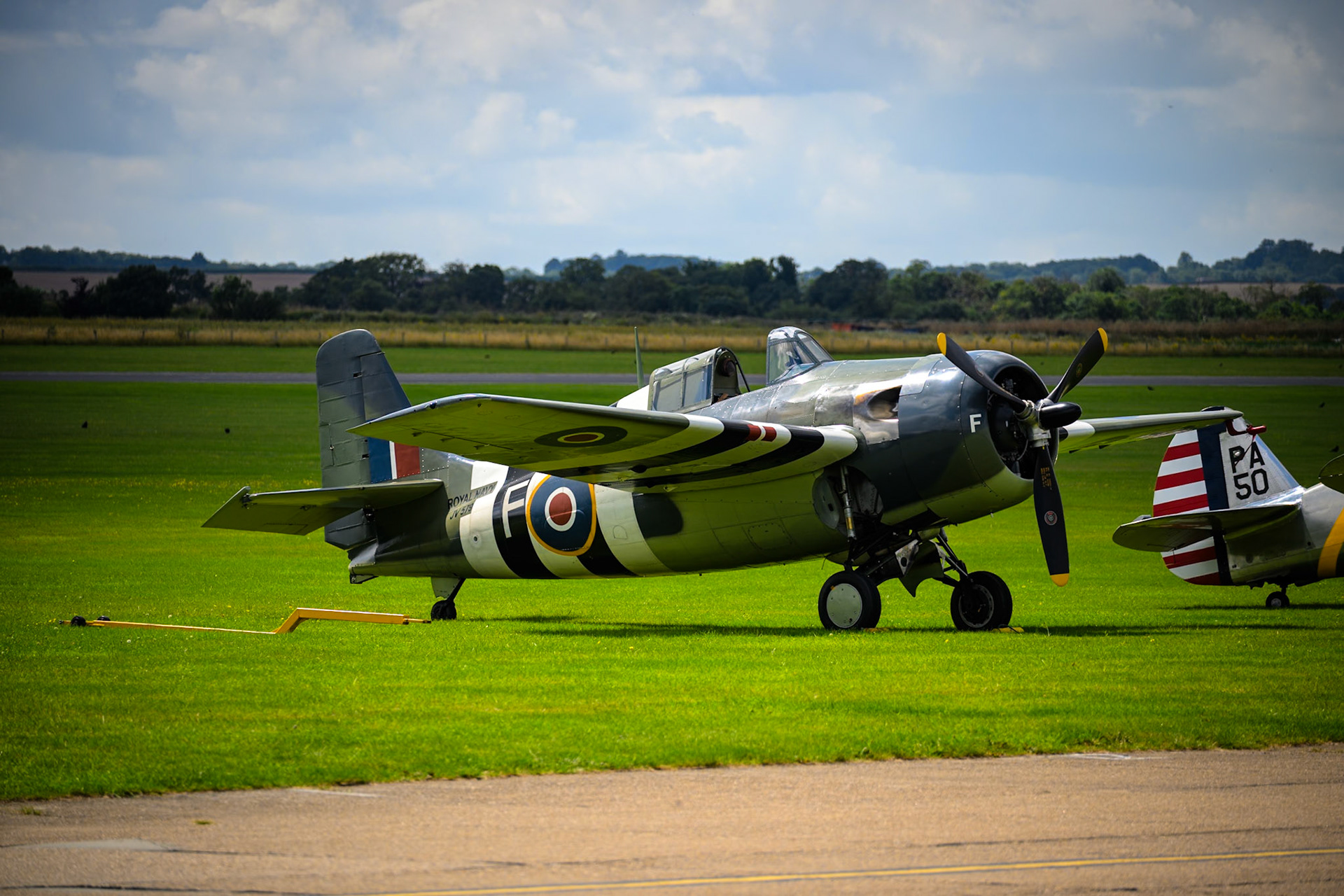


Republic P-47D Thunderbolt
Republic P-47D Thunderbolt Nellie G-THUN was built in 1945 at Republic’s Evansville factory in Indiana and served with the Air Training Command during the last few months of the war before eventual storage at Tinker AFB in Oklahoma with the Air Material Command.

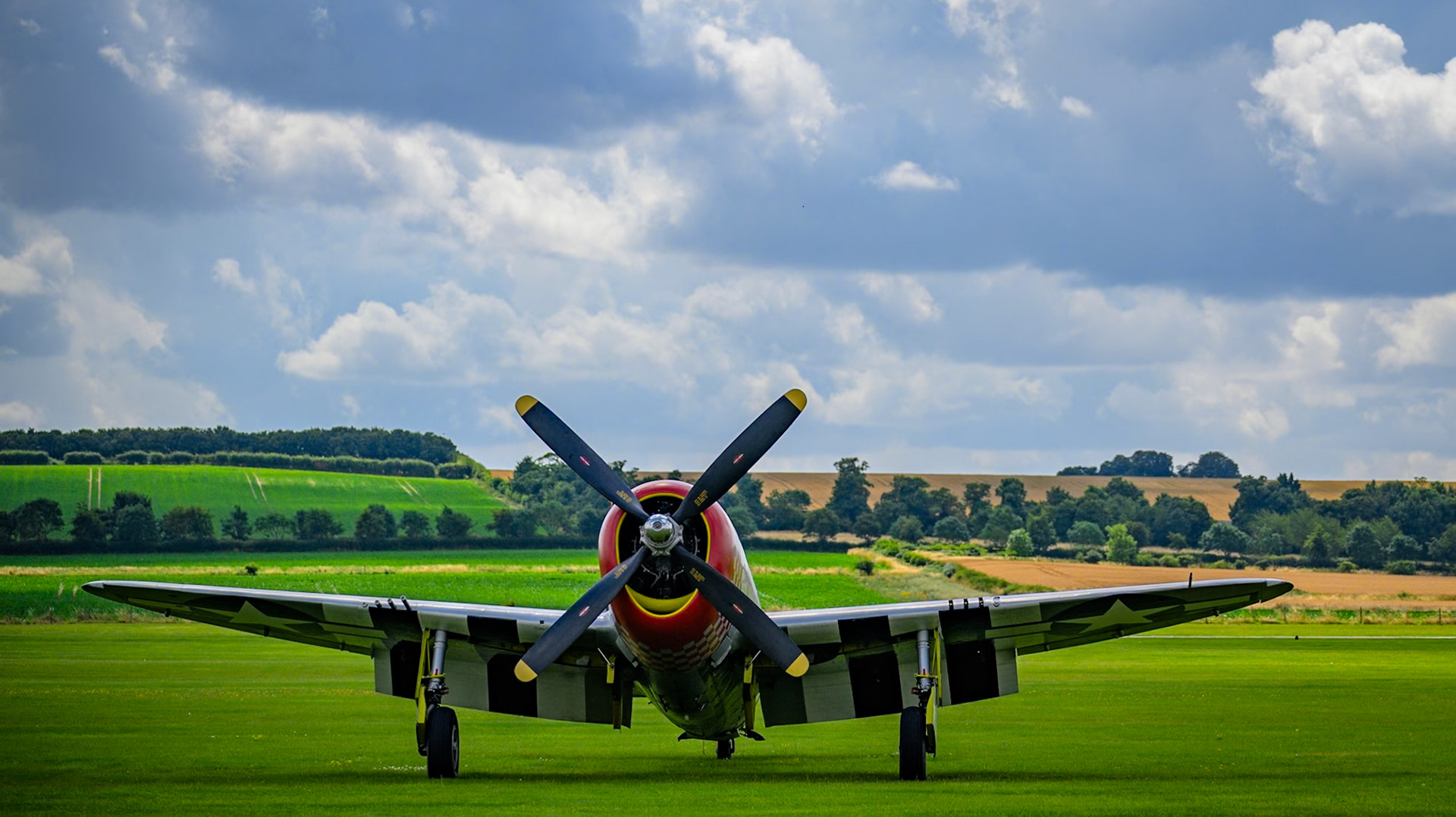


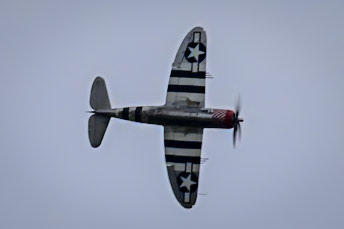

Fly Past by US Air Force Fighter Jets from RAF Lakenheath
Flight included a F-35, F-15 and F-16 Fighters
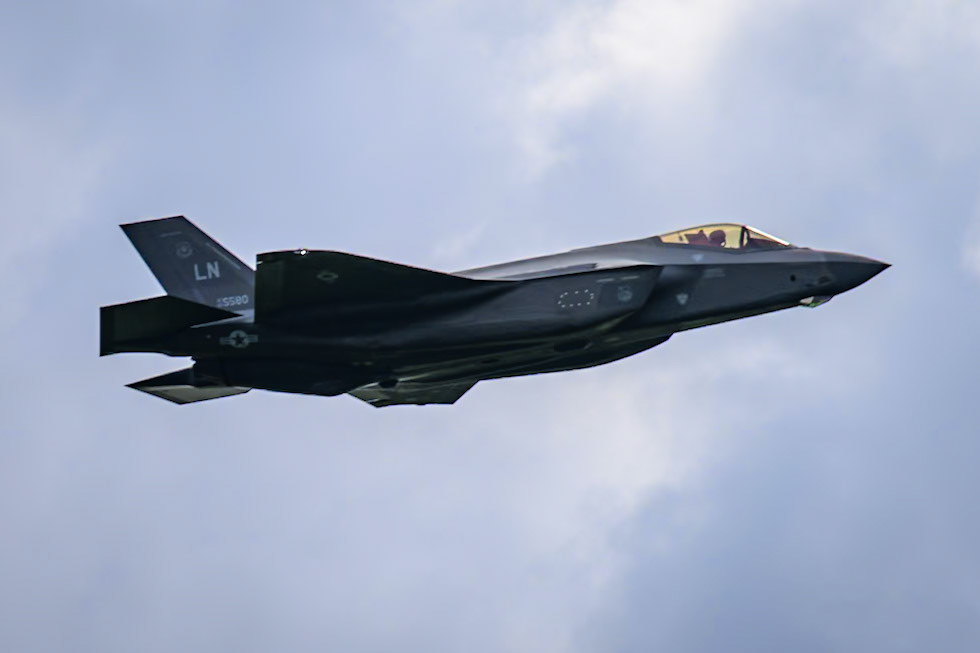


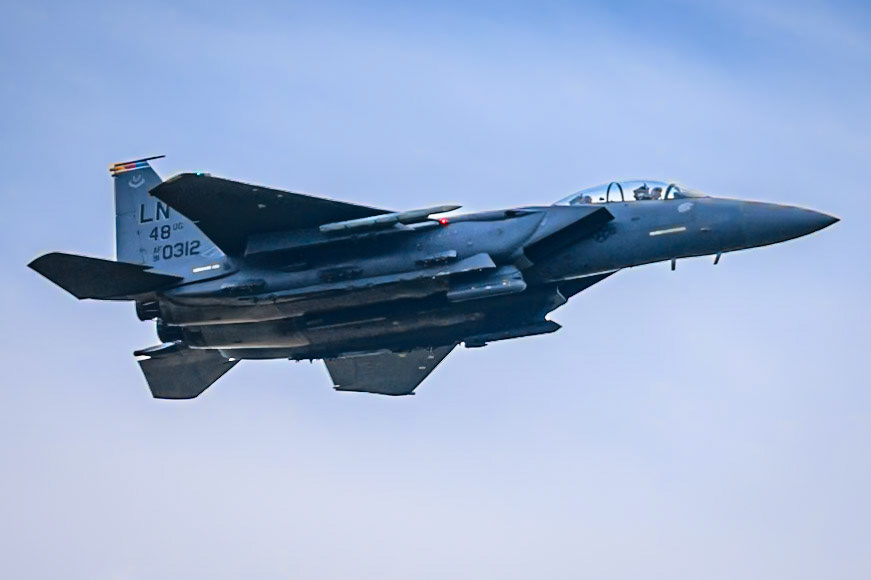

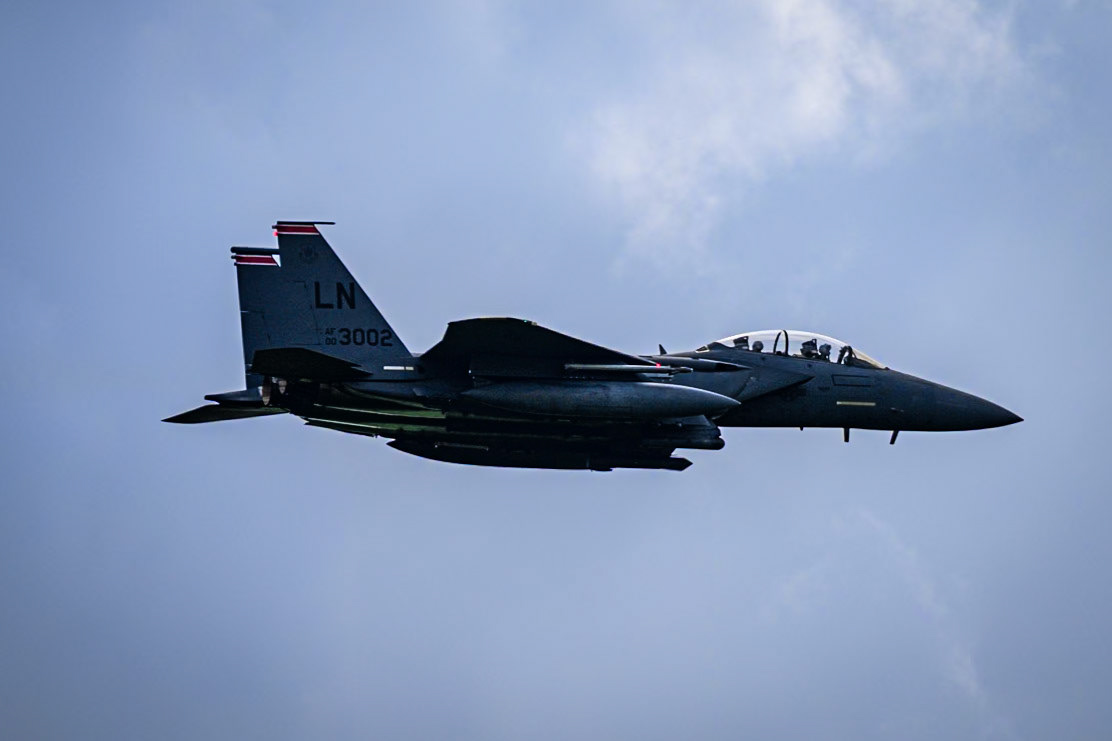



A 1944 De Havilland DH.89A Dragon Rapide

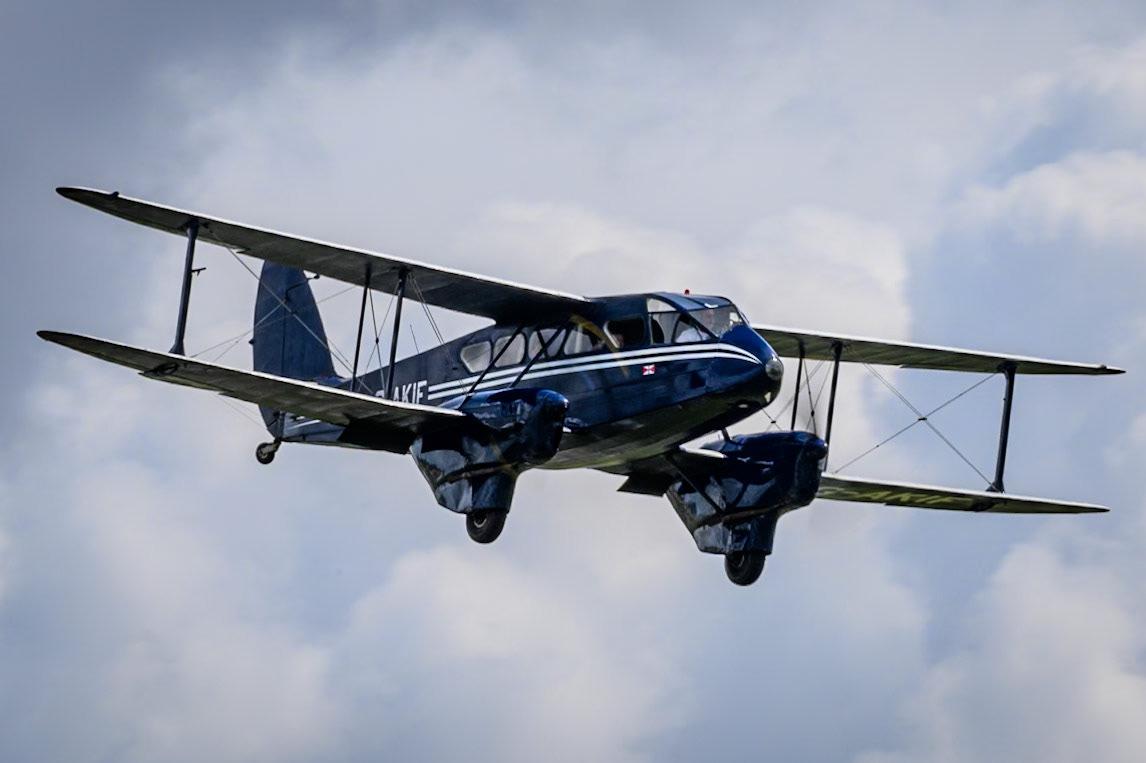
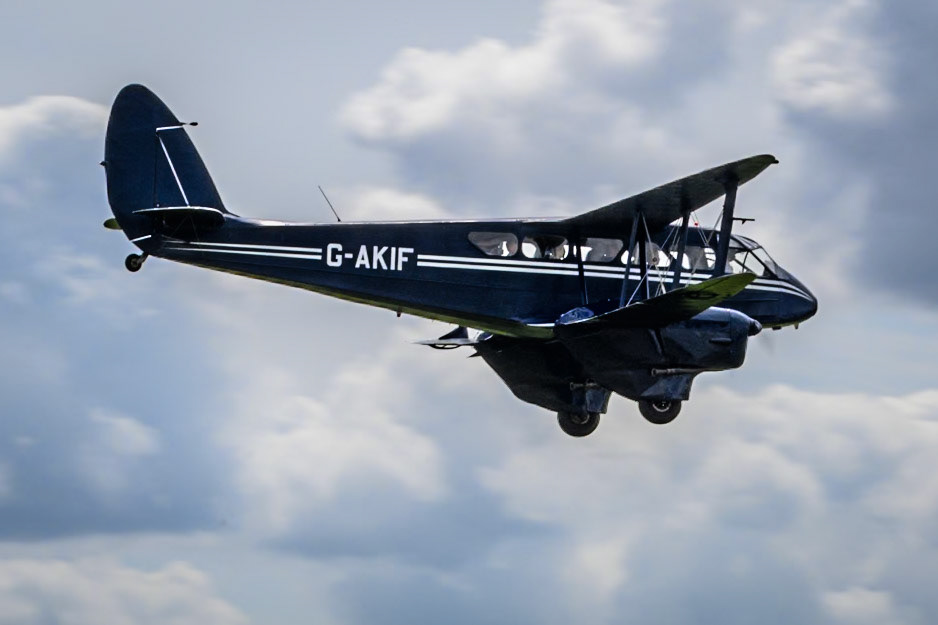
A 1944 Piper Cub & A 1955 Piper L-21B Super Cub





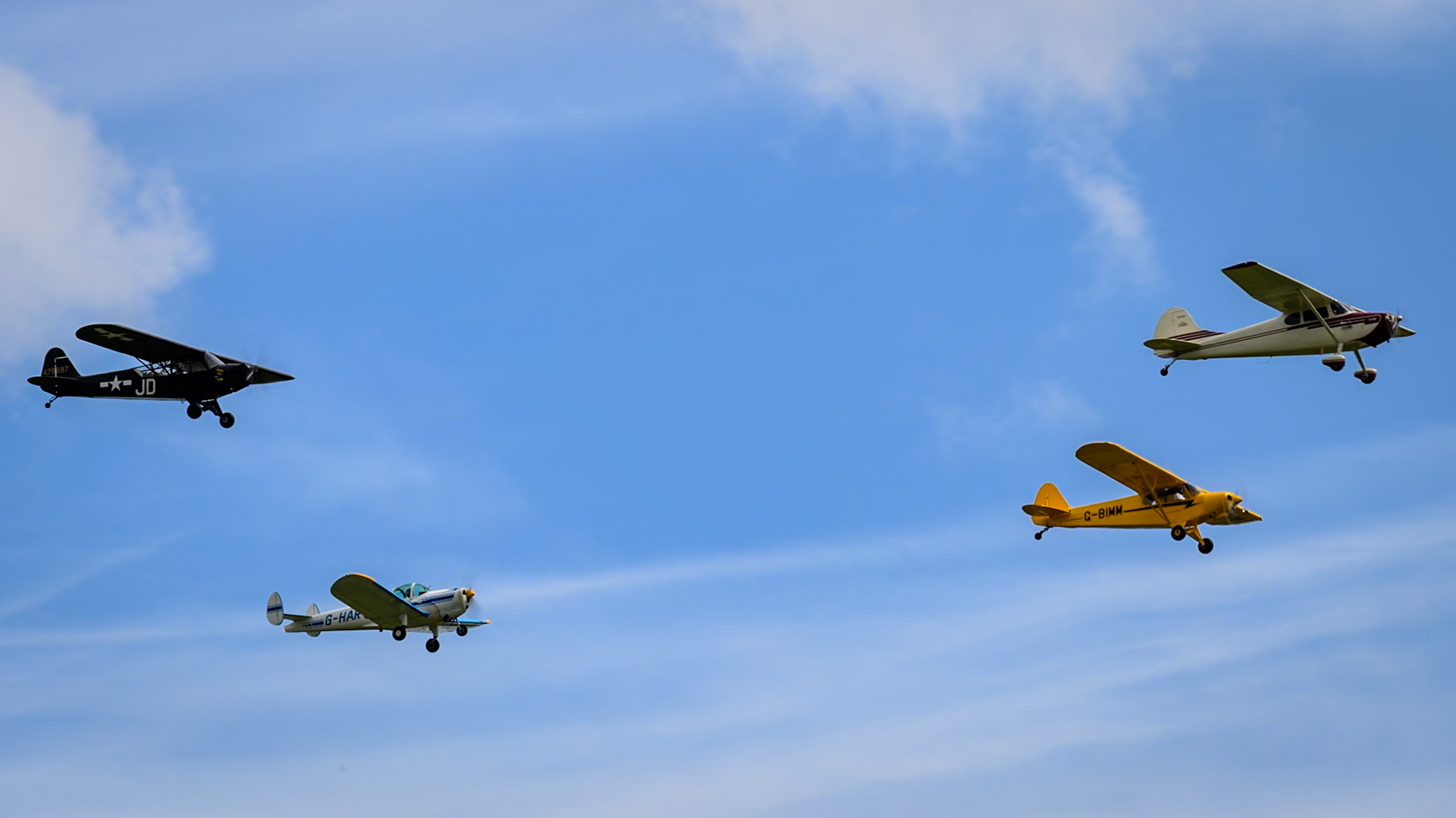
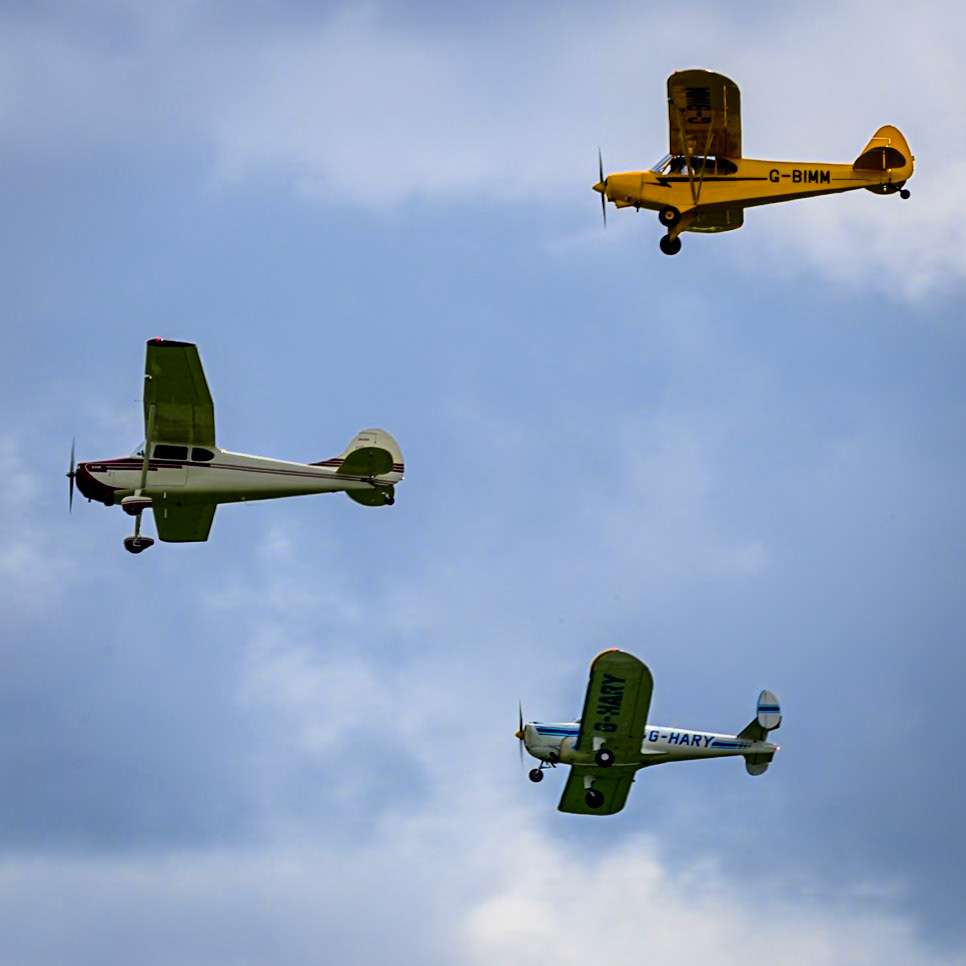
USAAF Tiger Moths
The de Havilland DH.82 Tiger Moth is a 1930s British biplane designed by Geoffrey de Havilland and built by the de Havilland Aircraft Company. It was operated by the Royal Air Force (RAF) and other operators as a primary trainer aircraft. This included 200 'lent' to the USAAF.
In addition to the type's principal use for ab initio training, the Second World War had RAF Tiger Moths operating in other capacities, including maritime surveillance and defensive anti-invasion preparations; some aircraft were even outfitted to function as armed light bombers.


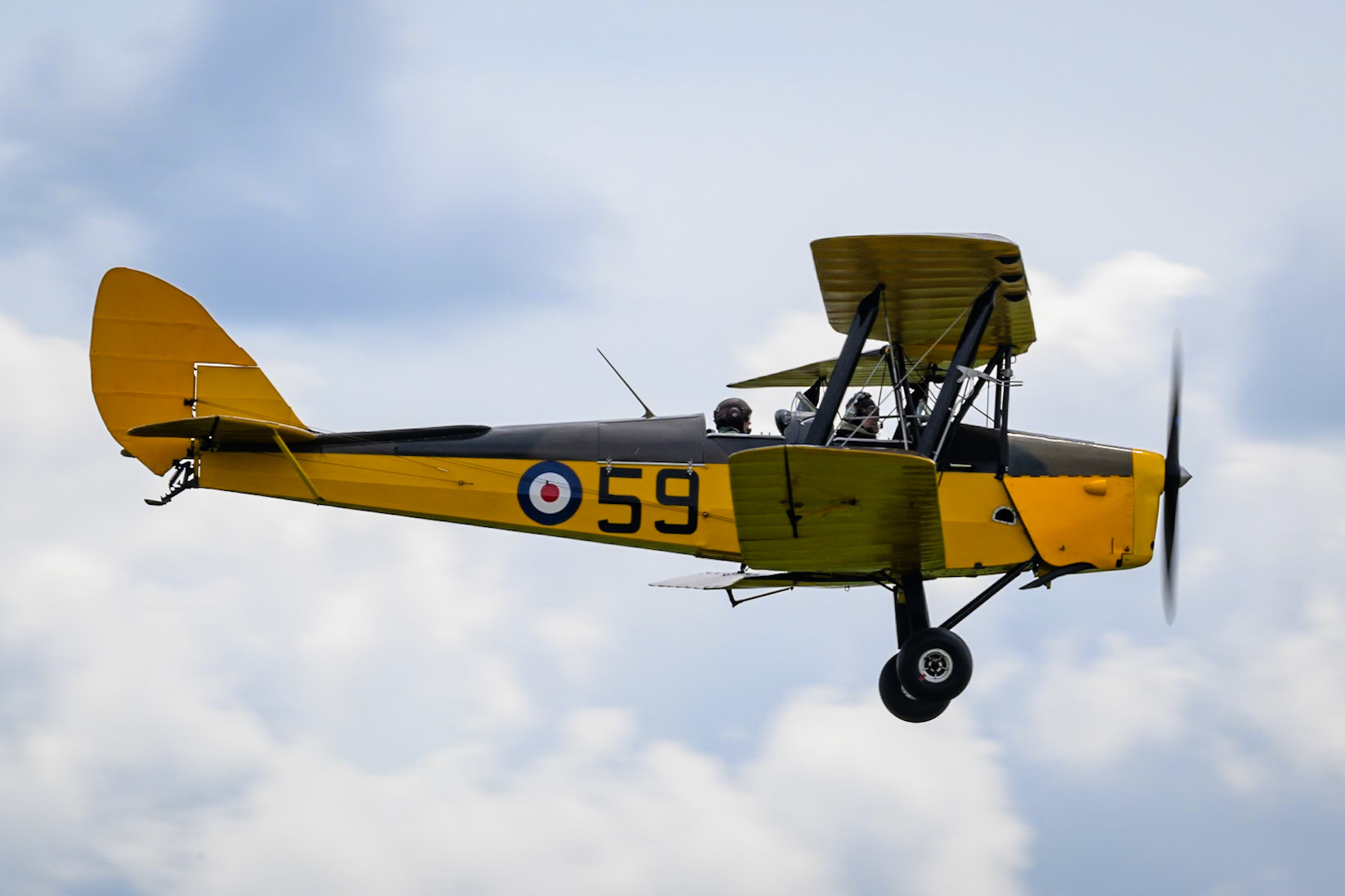



PBY Catalina "Miss Pick Up" G-PBYA
G-PBYA was originally ordered for the Royal Canadian Air Force as a Canso A amphibian, basically equivalent to the US Navy PBY-5A. It was built by Canadian Vickers at Cartierville, Quebec in 1943 was allocated their construction number CV-283 before adopting the RCAF serial 11005.
The G-PBYA Catalina's livery is painted to represent a wartime USAAF OA-10A Catalina 44-33915 of the 8th Air Force, 5th Emergency Rescue Squadron, based at Halesworth, Suffolk.
The Catalina is operated by Plane Sailing Air Displays Limited on behalf of Catalina Aircraft Limited which is made up of a number of shareholders. The enterprise is supported by its own ‘fan club’ – The Catalina Society.
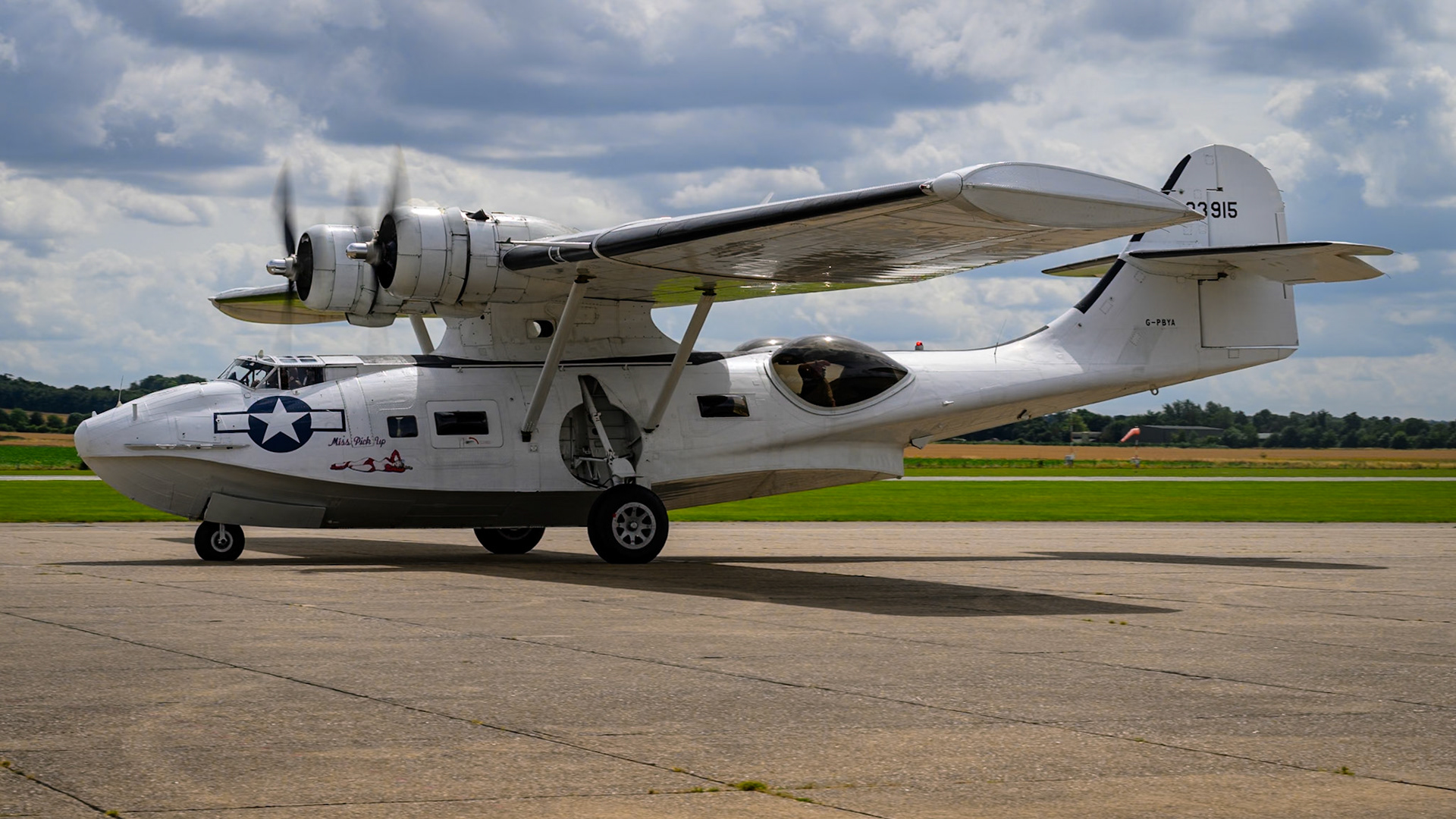

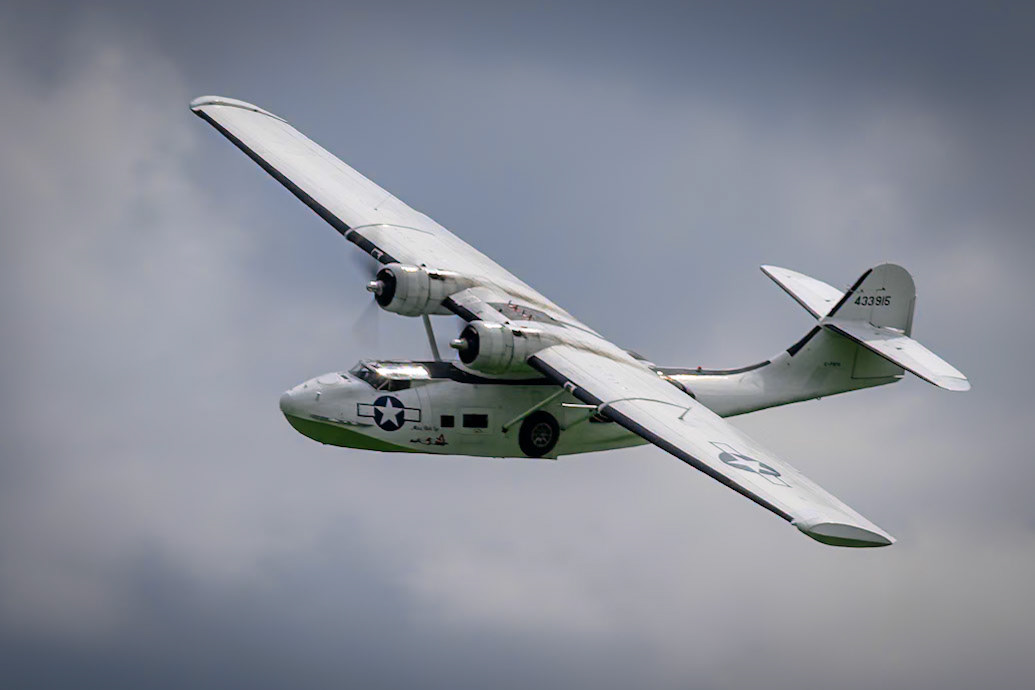

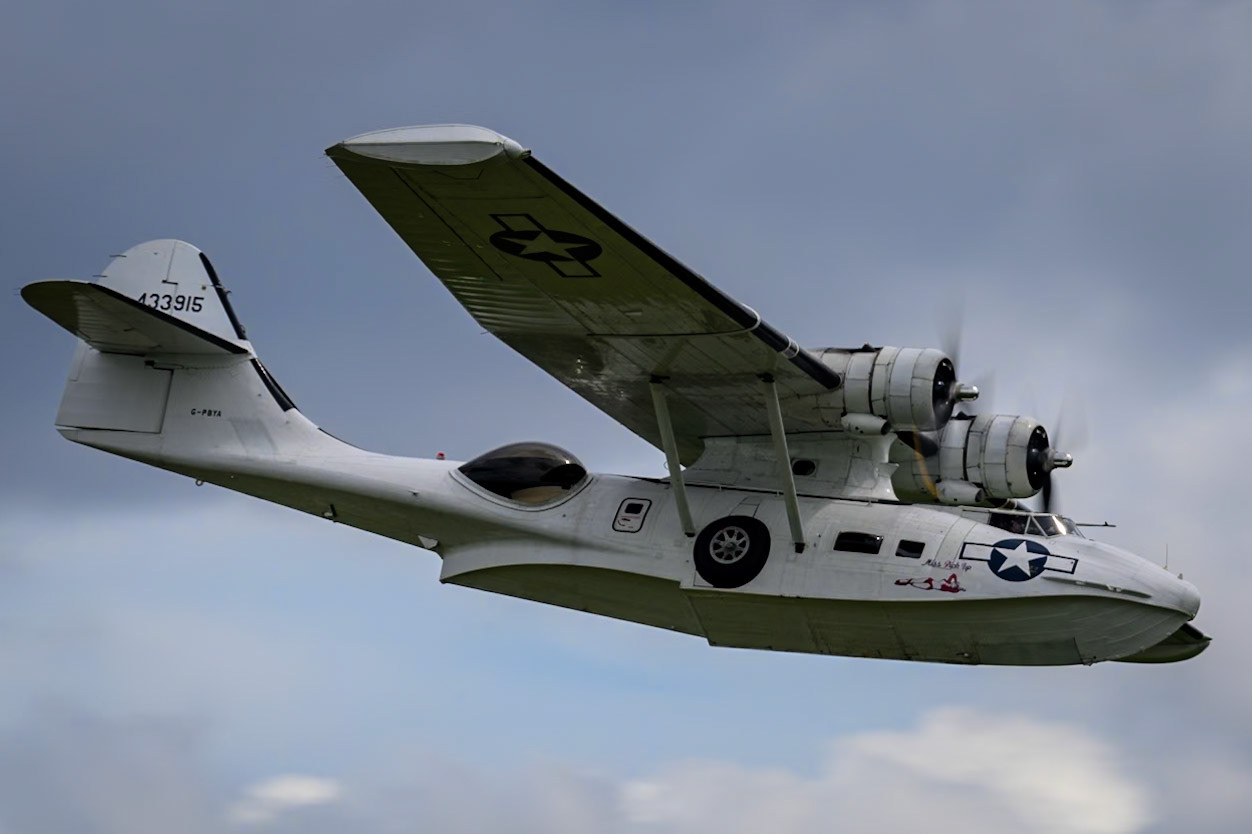
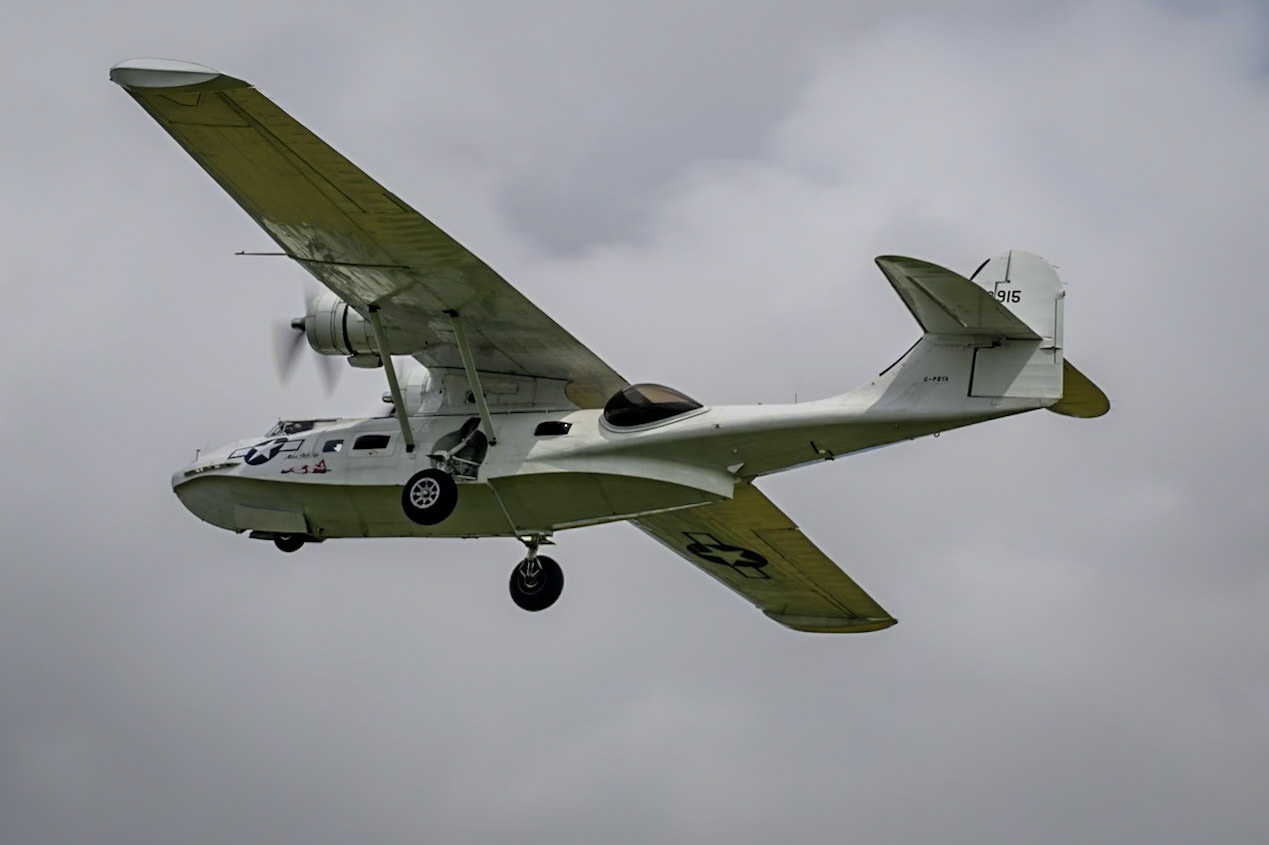

A 1939 Curtiss P-36C Hawk


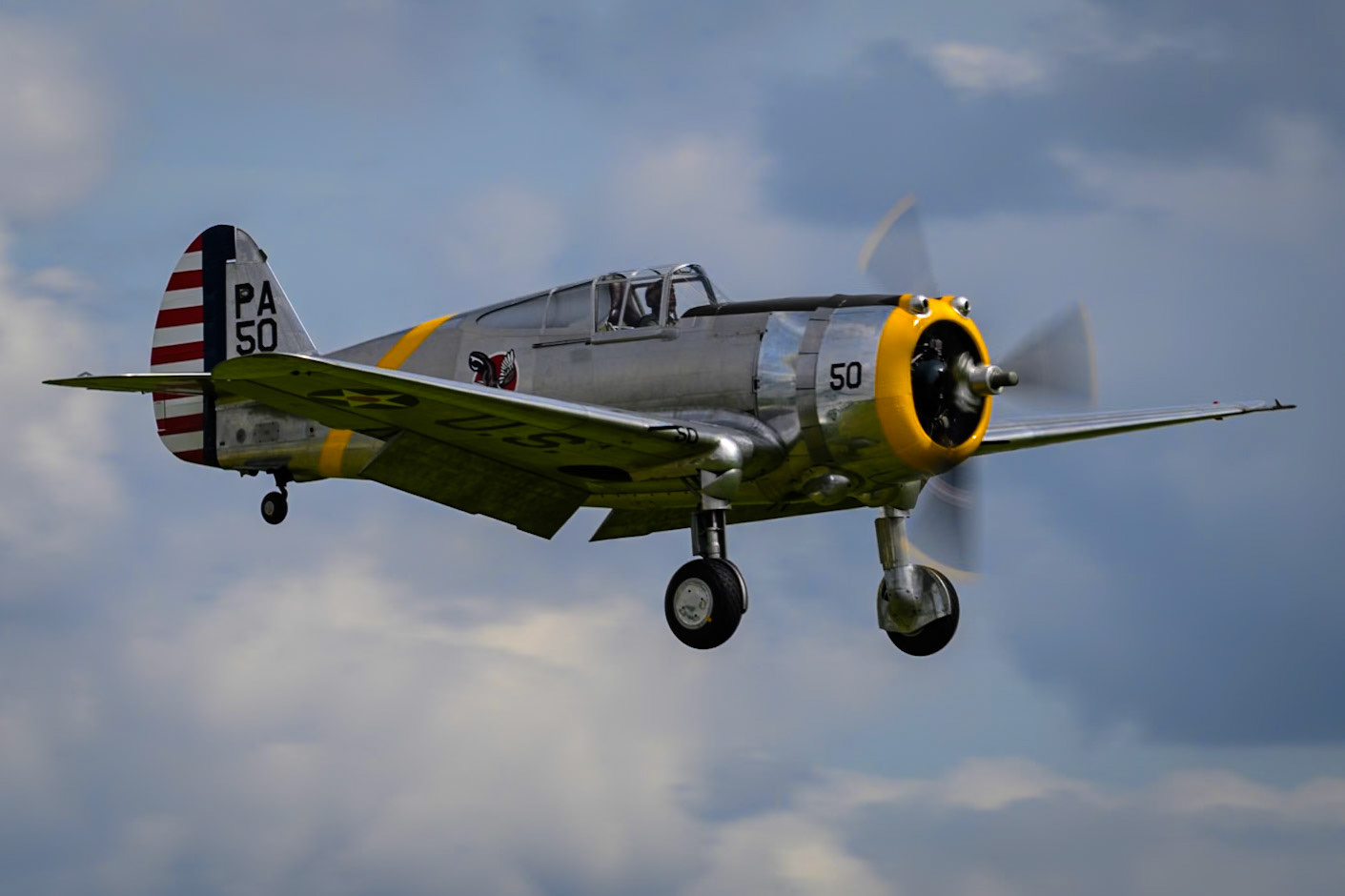
A 1939 Curtiss Hawk H-75A

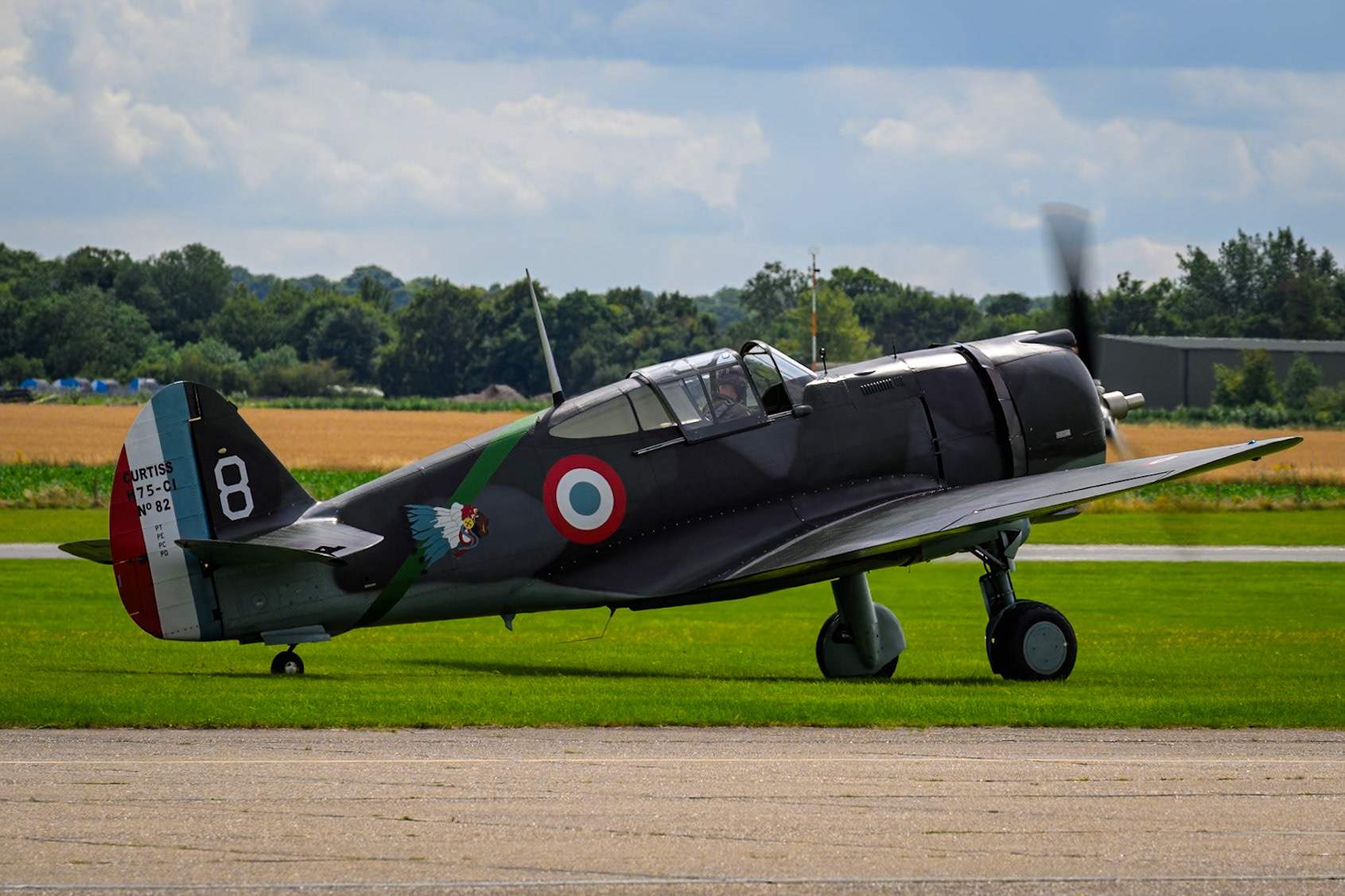
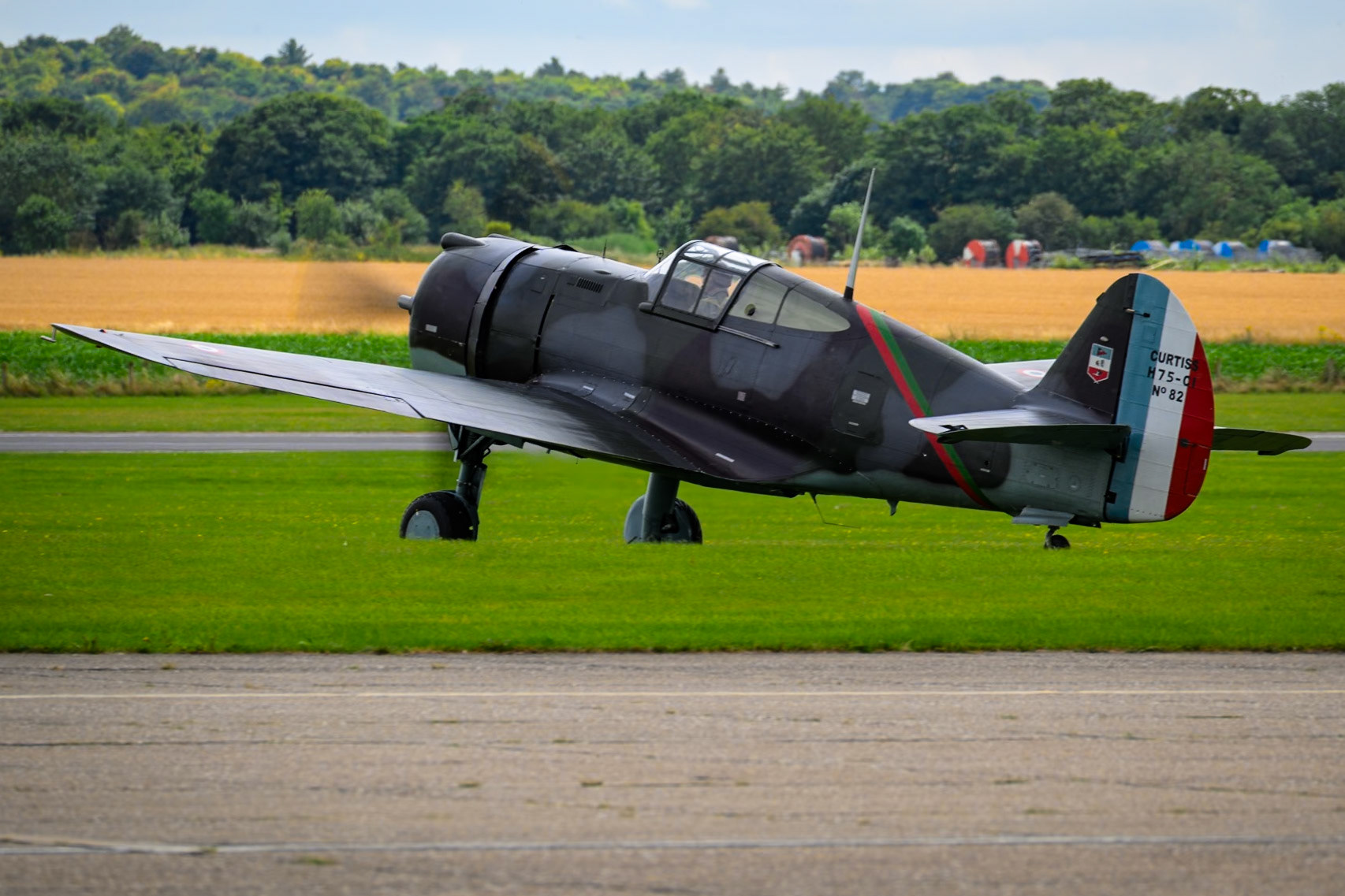
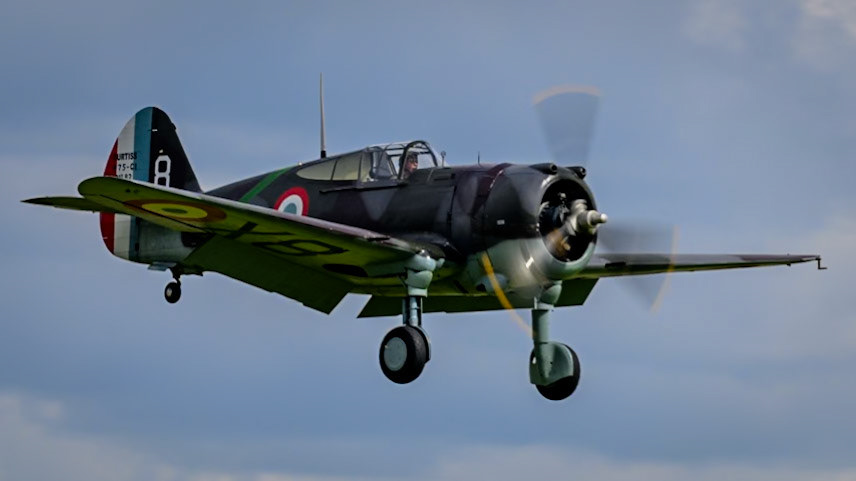
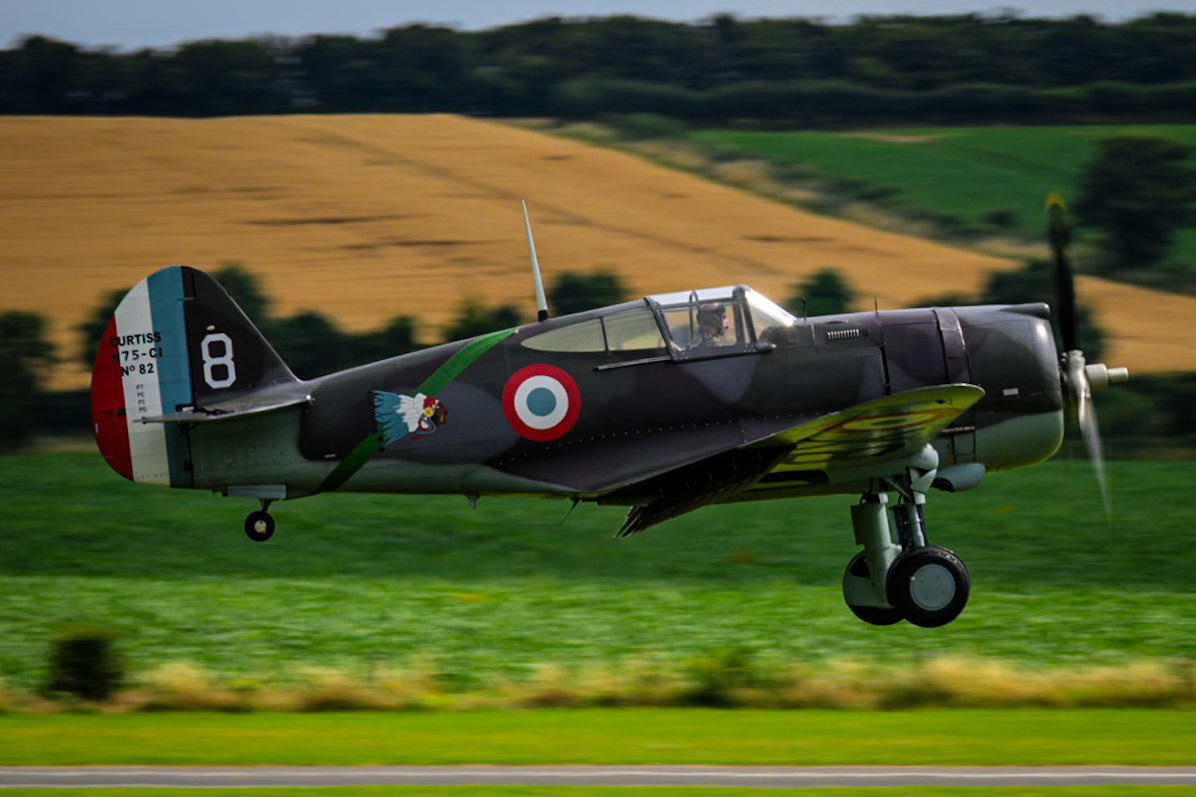
A 1939 Lockheed 12A Electra Junior
The world's most historic photo-reconnaissance aircraft, Sidney Cotton's Lockheed 12A G-AFTL. The Electra Junior is the very machine used by Cotton to photograph military installations in the German Reich shortly before the outbreak of war in 1939.
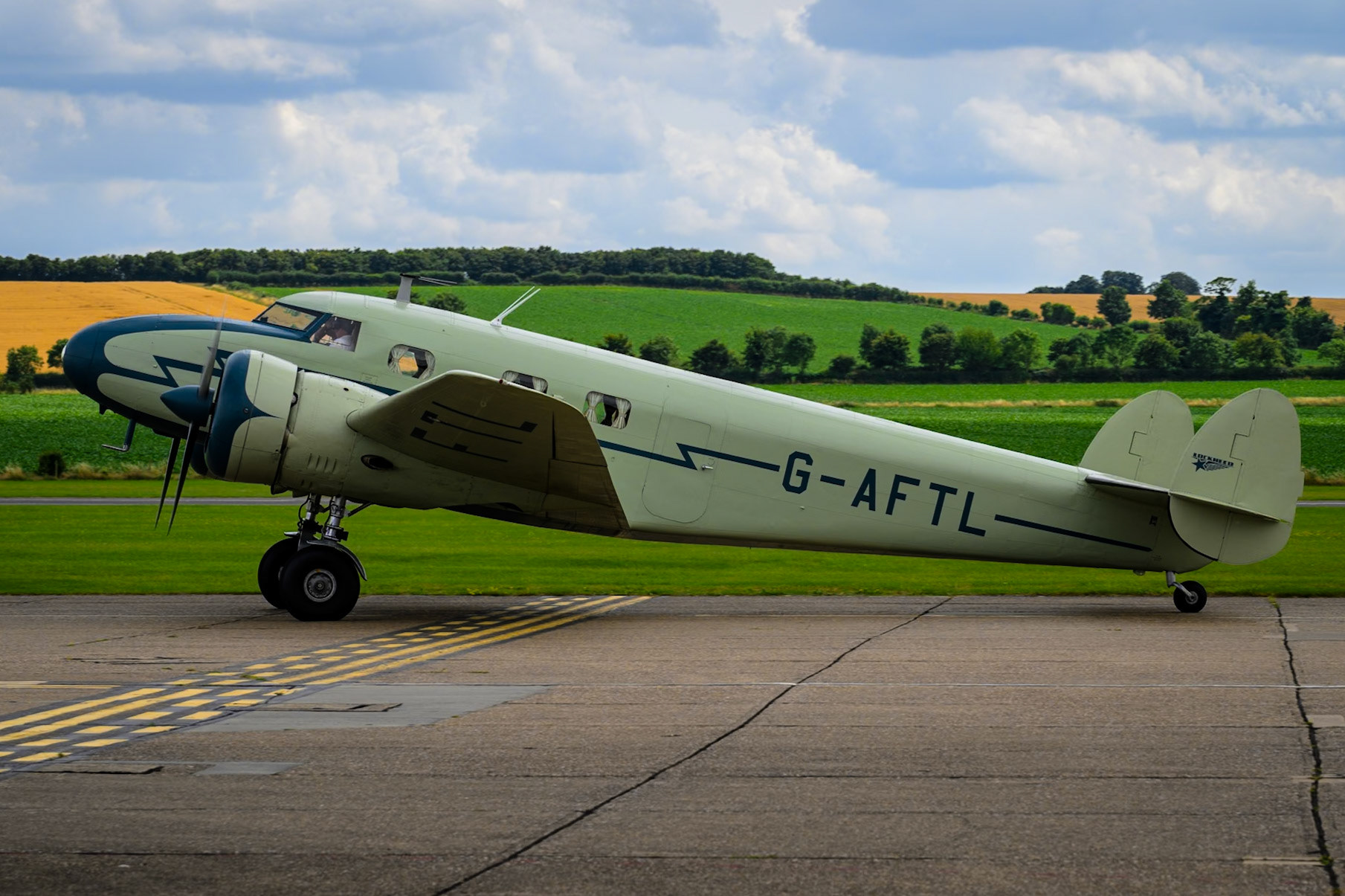
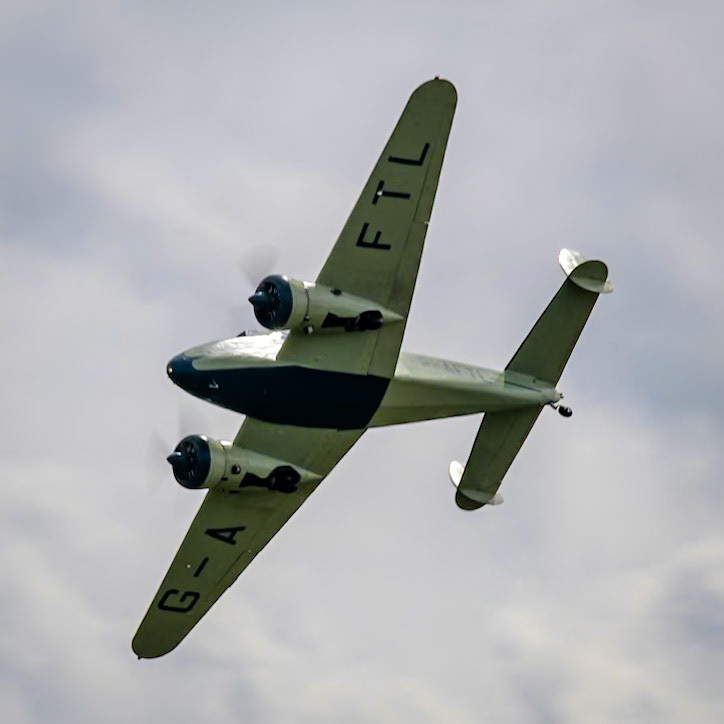
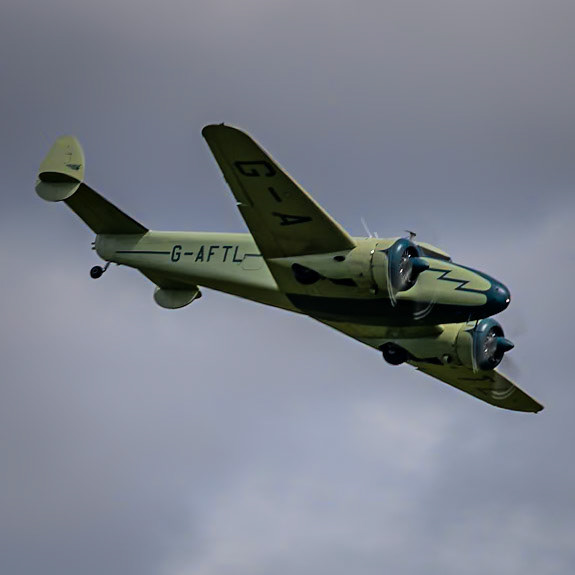


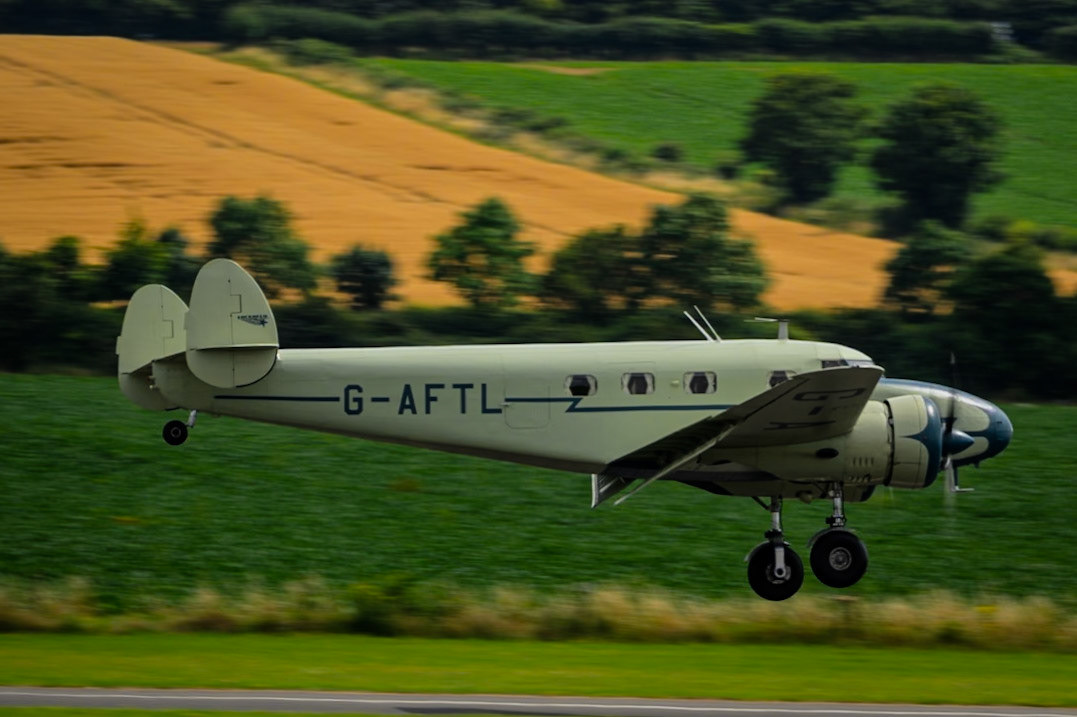


Fly Past Featuring a Lockheed 12A Electra Junior, Curtiss Hawk 75, Curtis P-36 Hawk and Grumman Wildcat FM2.
Noorduyn Mk.IIb Harvard FE695
Harvard FE695 was brought on charge in December 1942 with No. 1 Training Command, and provided sterling service across Eastern and Central Ontario until November 1945 when she was placed into storage at Dunnville with 1449:30 hours logged on the airframe. FE695 was struck off by the RCAF in June 1947.


Spitfire Mk.IIA and a Spitfire Mk.IX.

Spitfire Mk.IIA

Spitfire Mk.IX in USAAF Colours

Spitfire Mk.IX in USAAF Colours
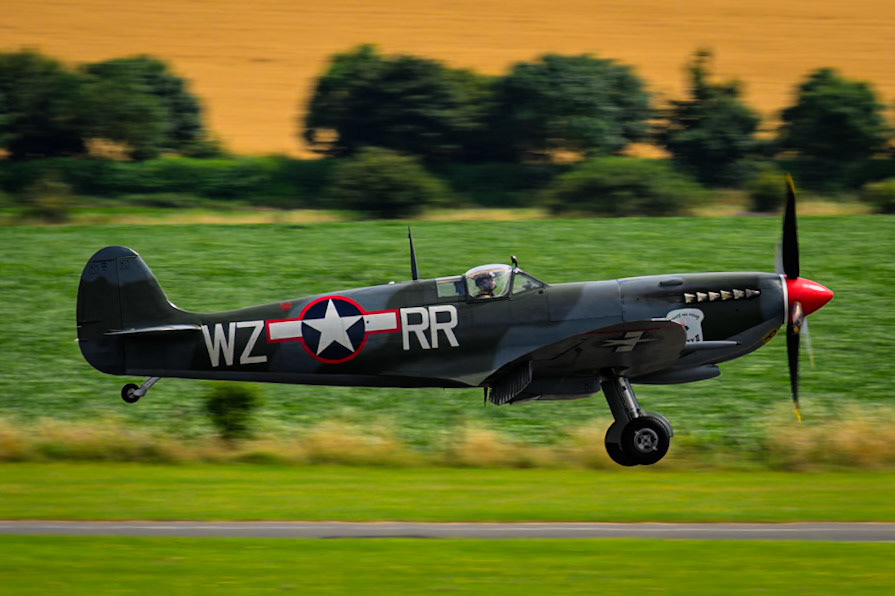
Spitfire Mk.IX in USAAF Colours

Spitfire Mk.IX in USAAF Colours

Spitfire Mk.IIA

Spitfire Mk.IIA
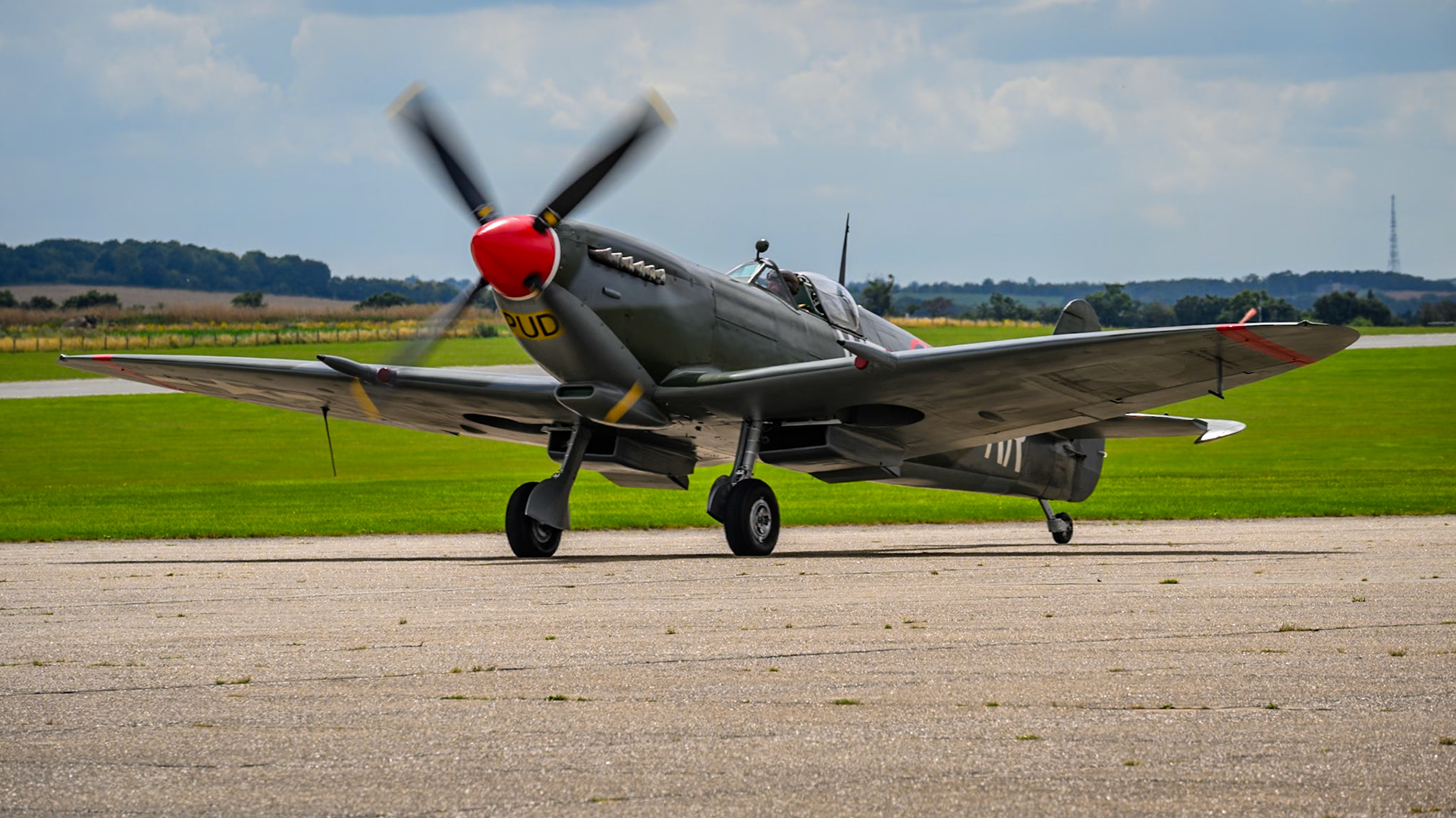
Spitfire Mk.IX in USAAF Colours

Spitfire Mk.IX in USAAF Colours
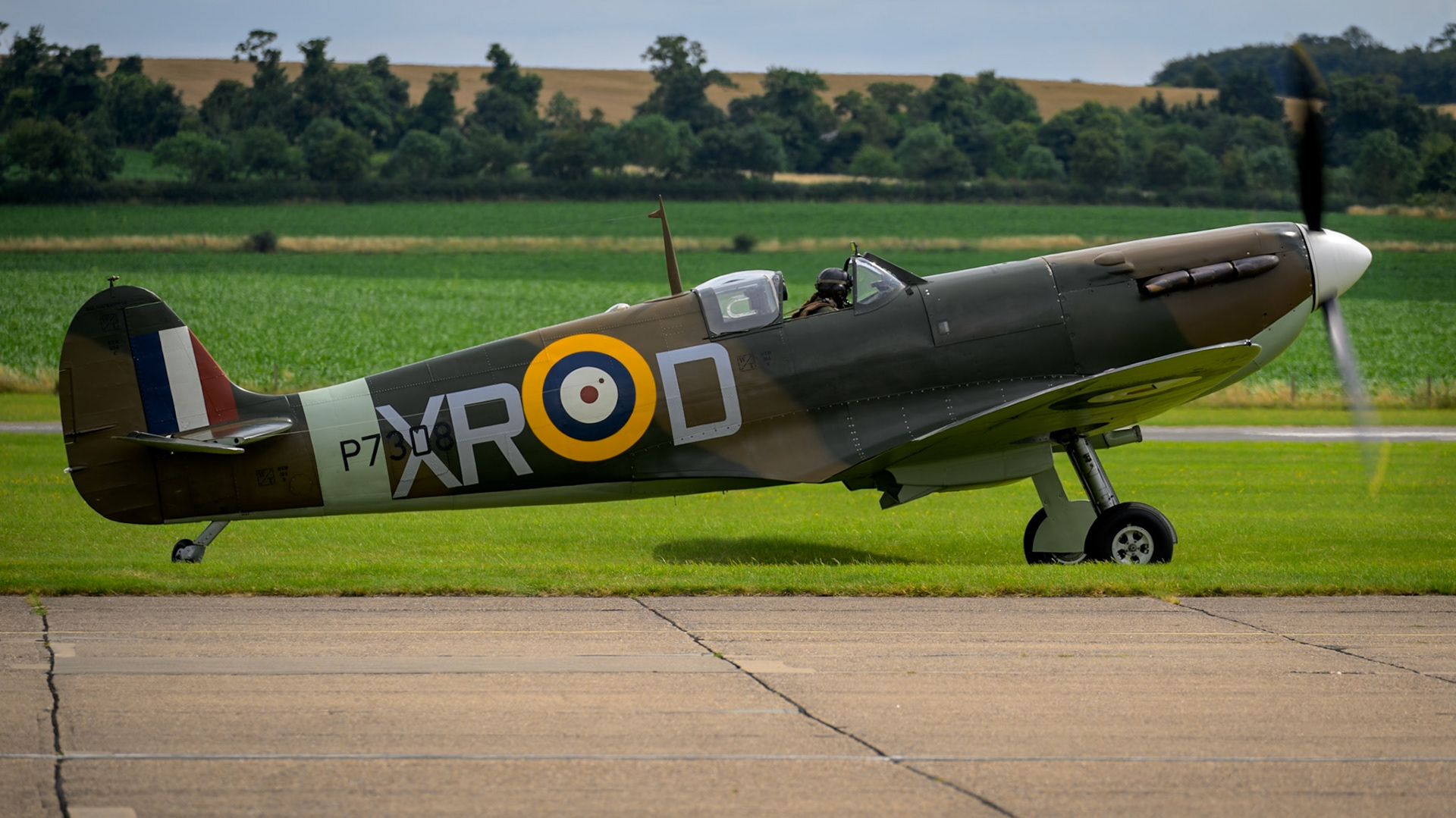
Spitfire Mk.IIA

Spitfire Mk.IIA

Spitfire Mk.IIA
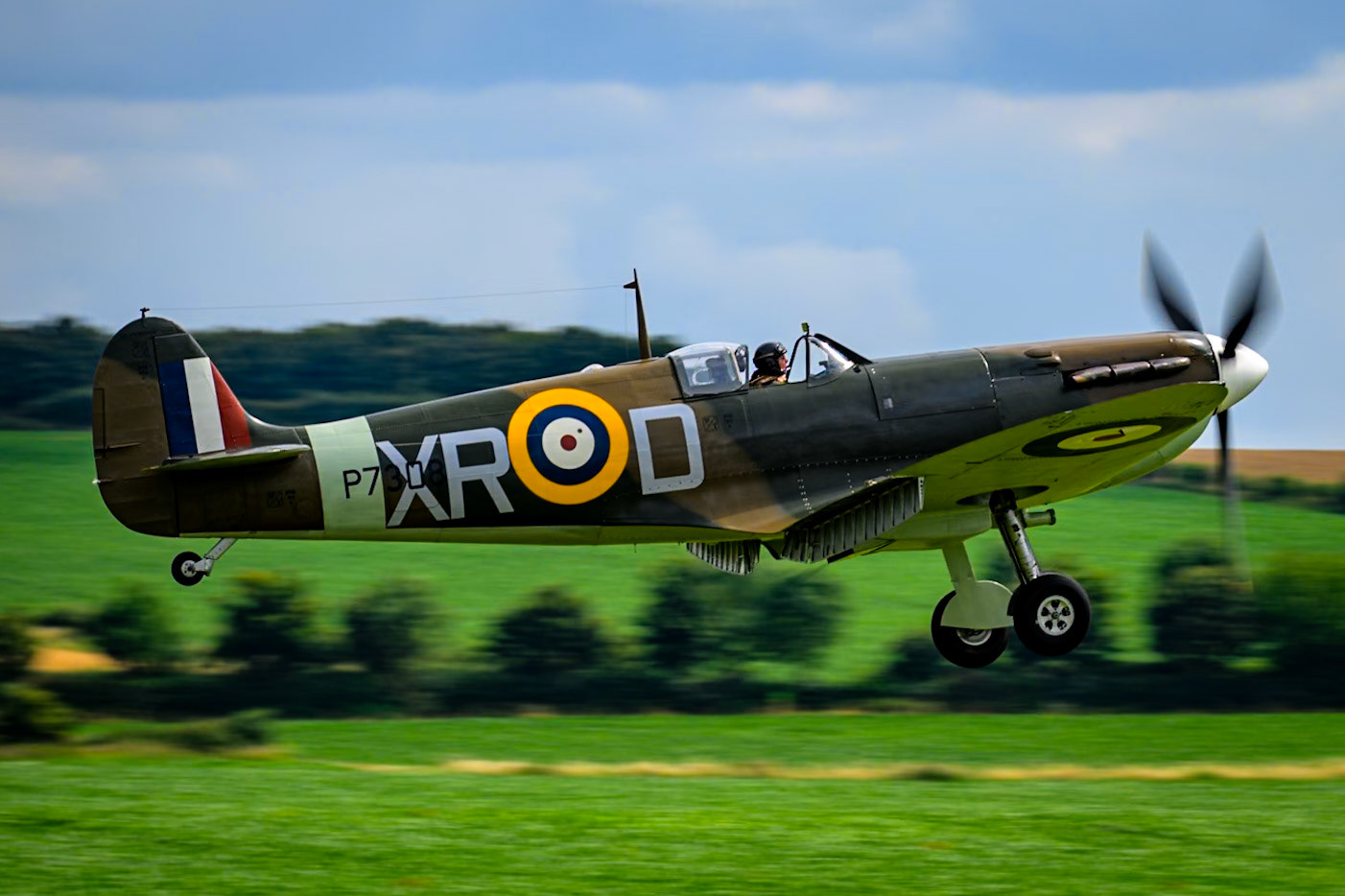
Spitfire Mk.IIA
